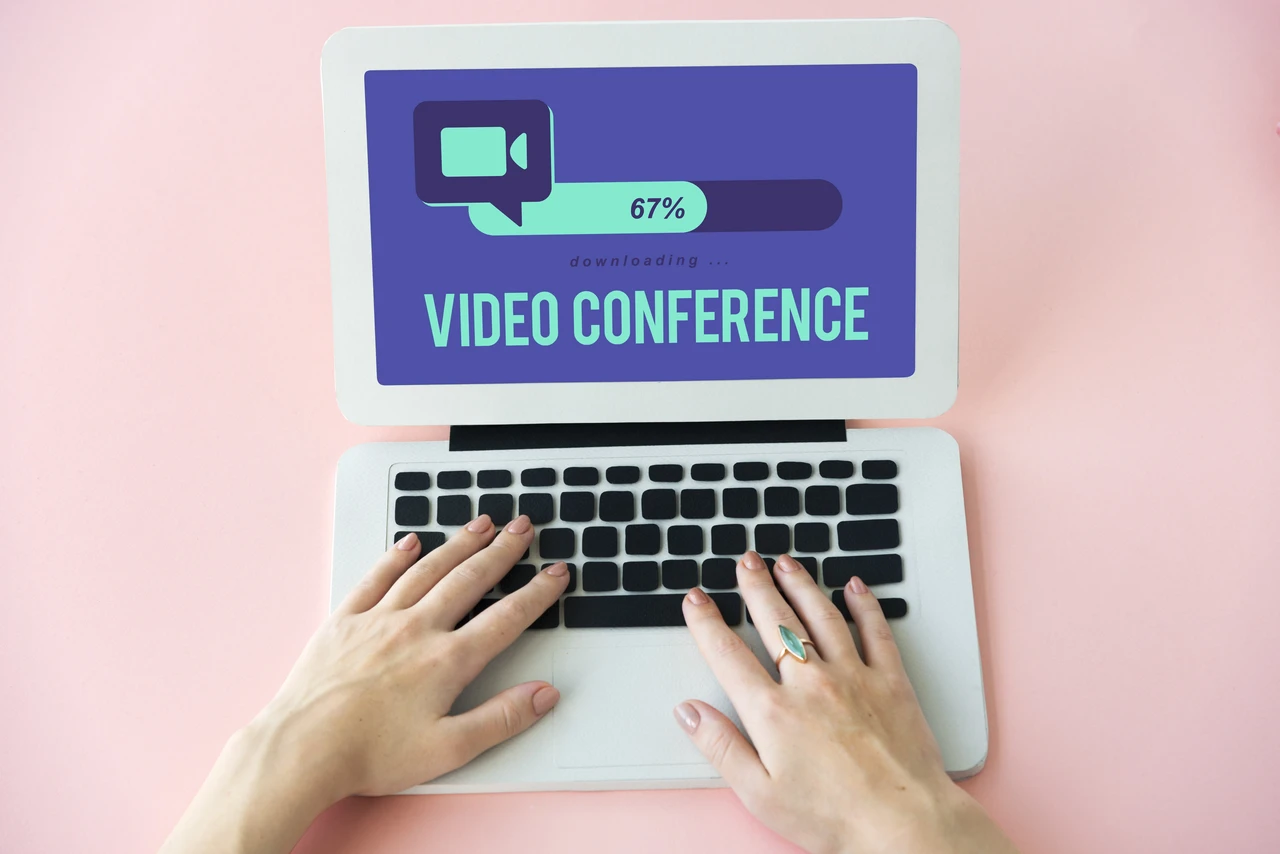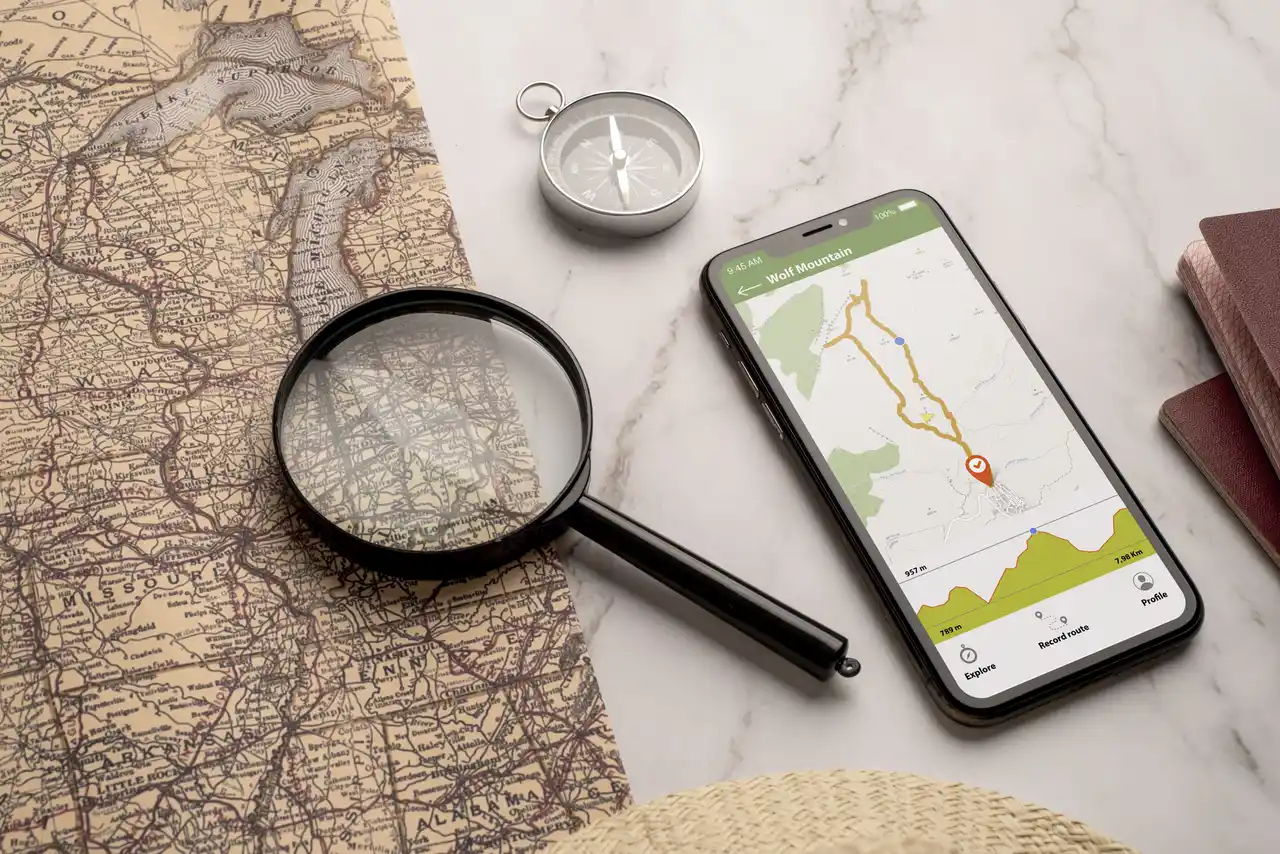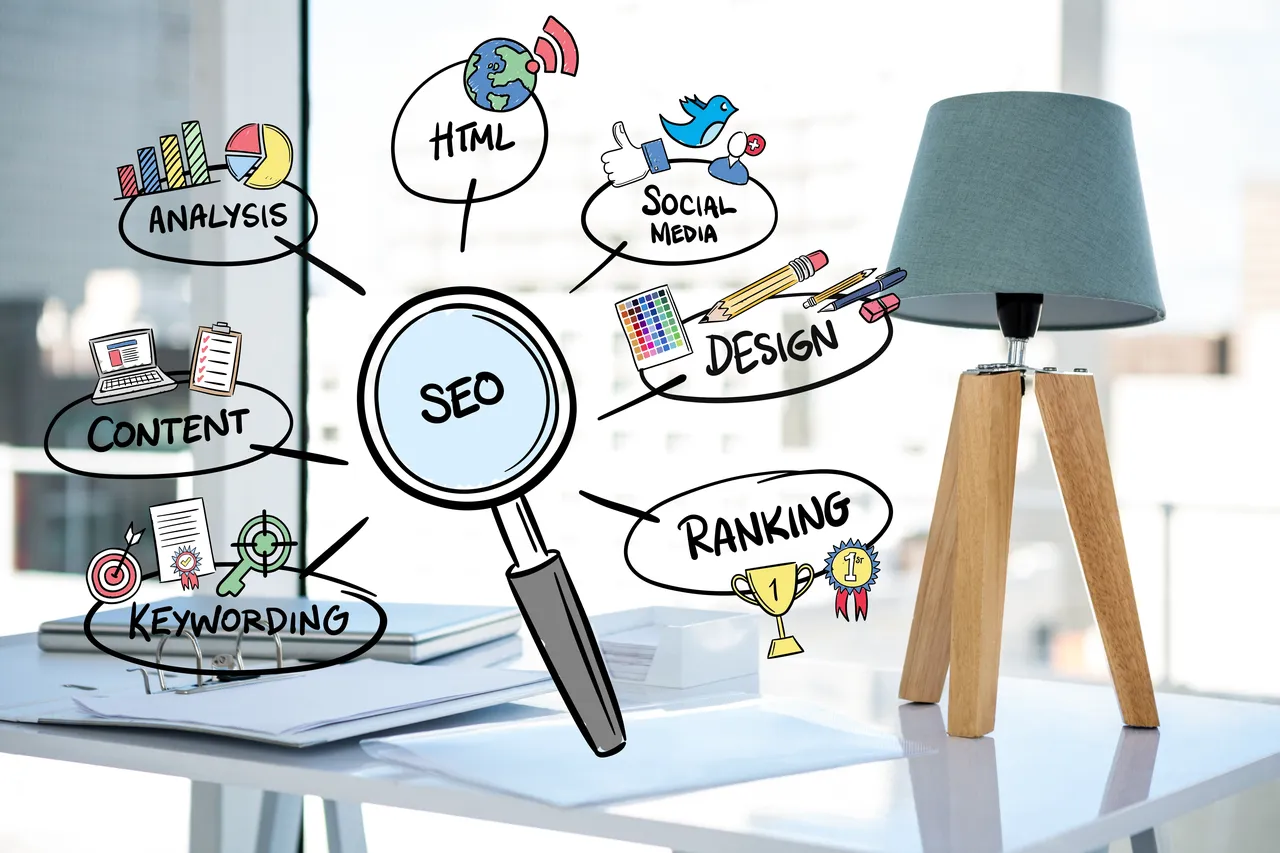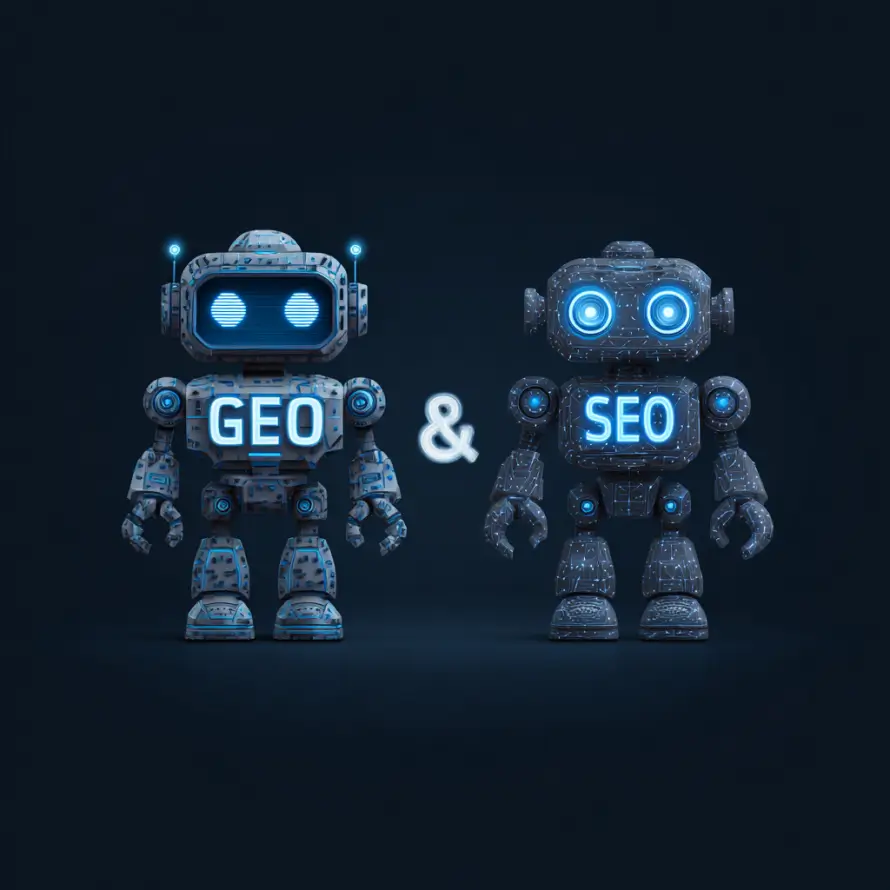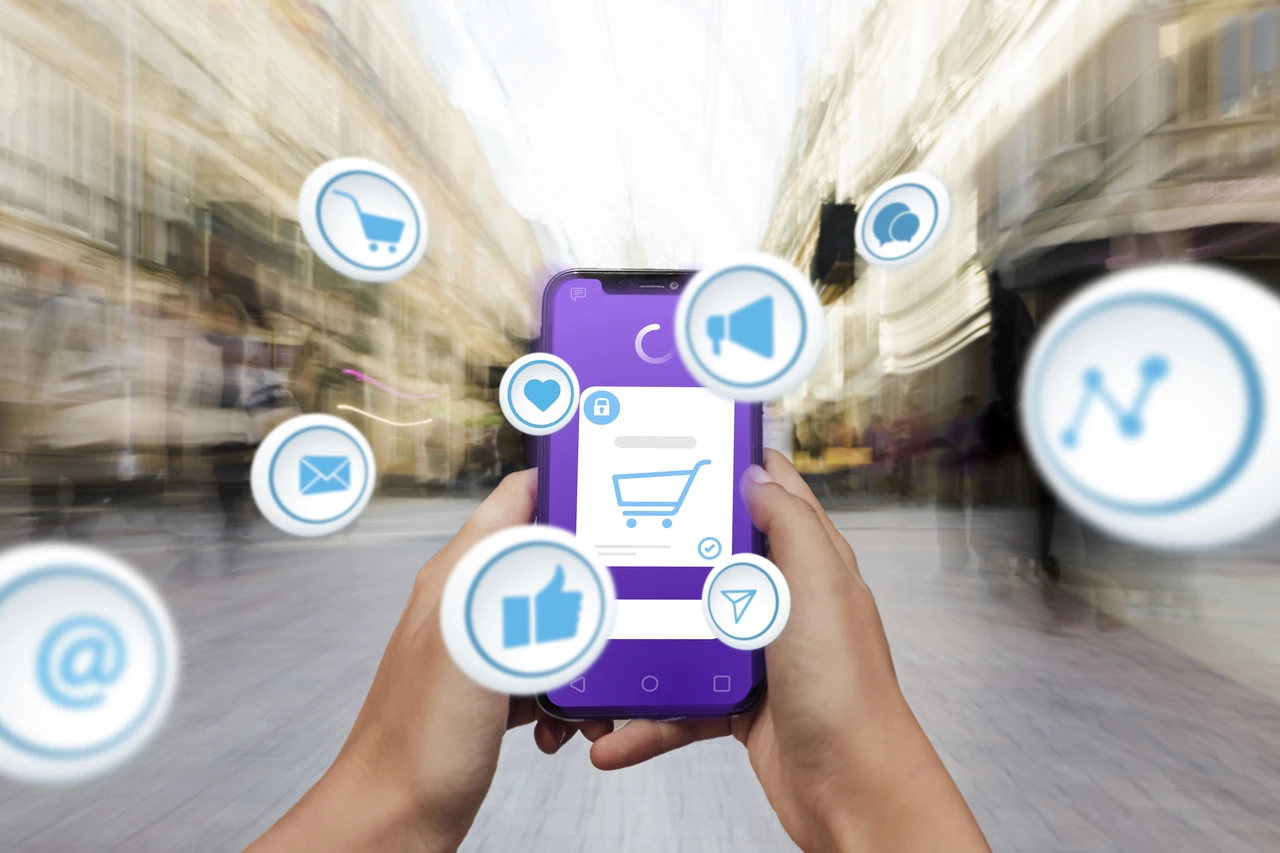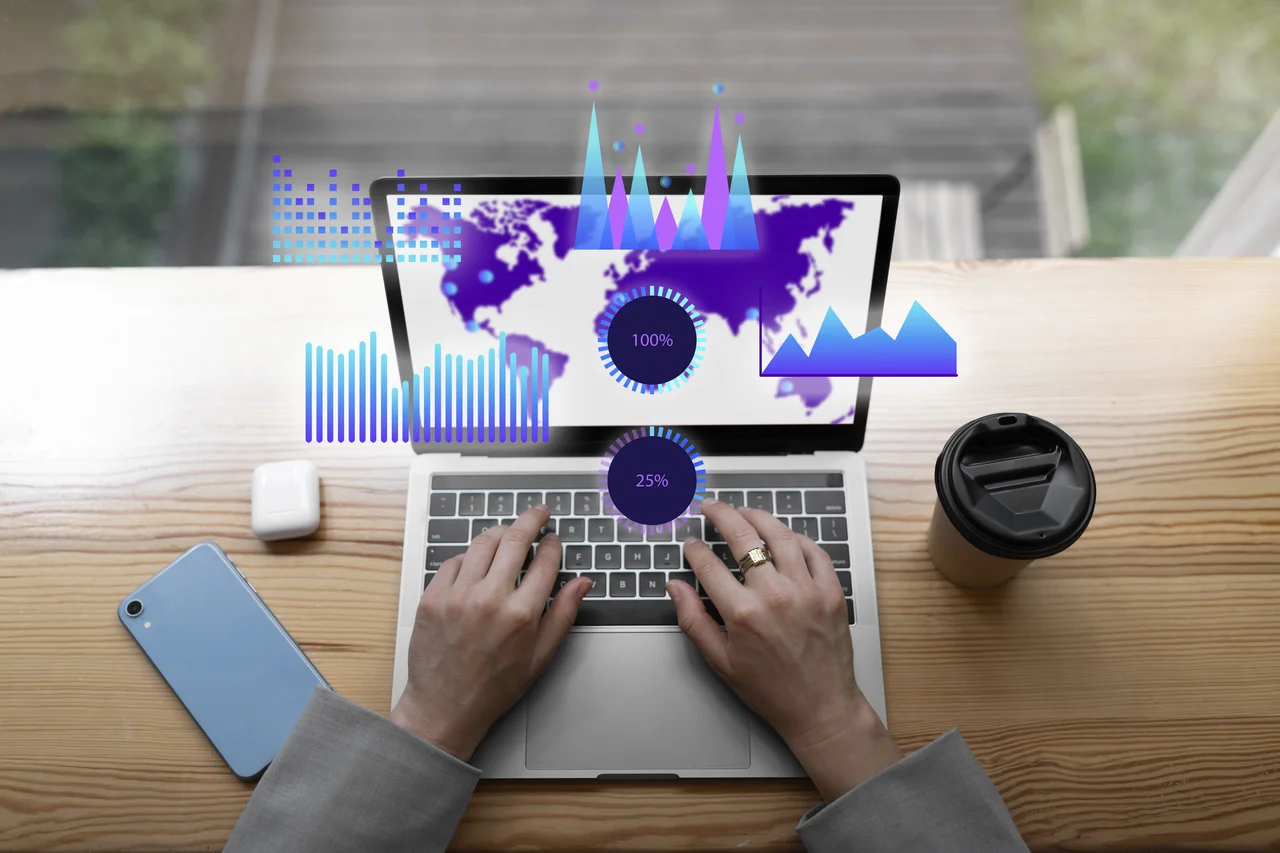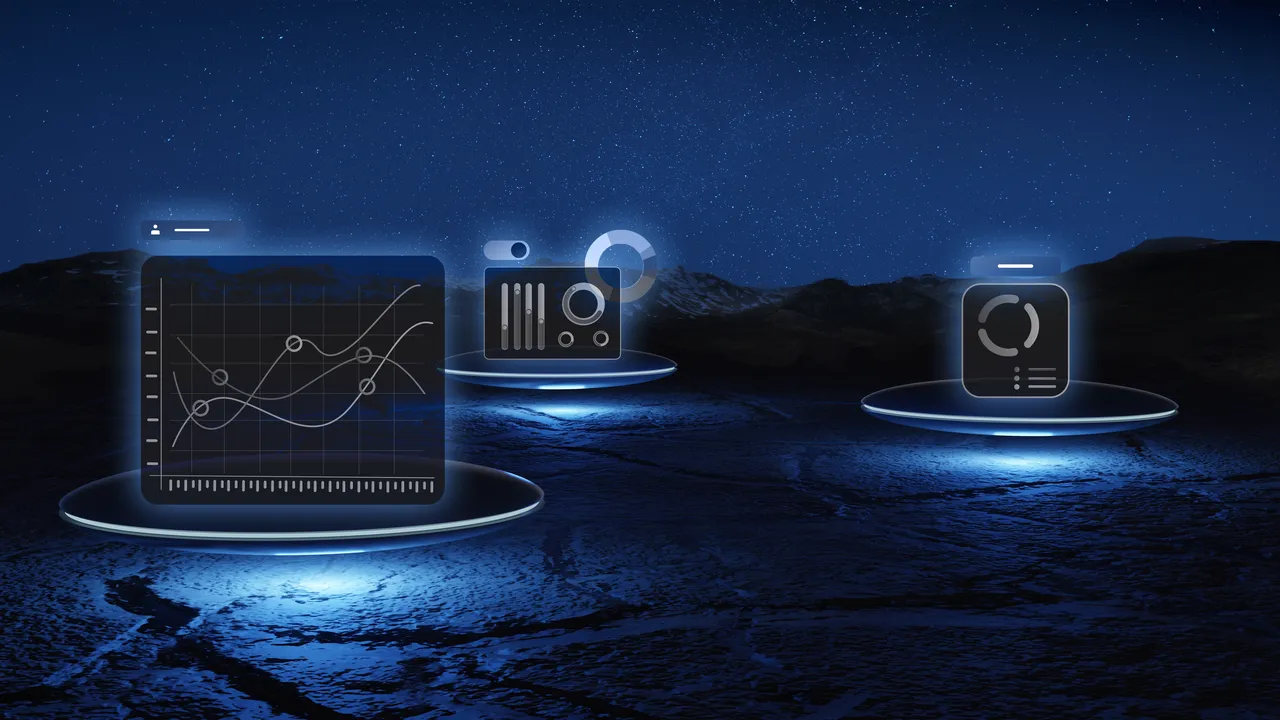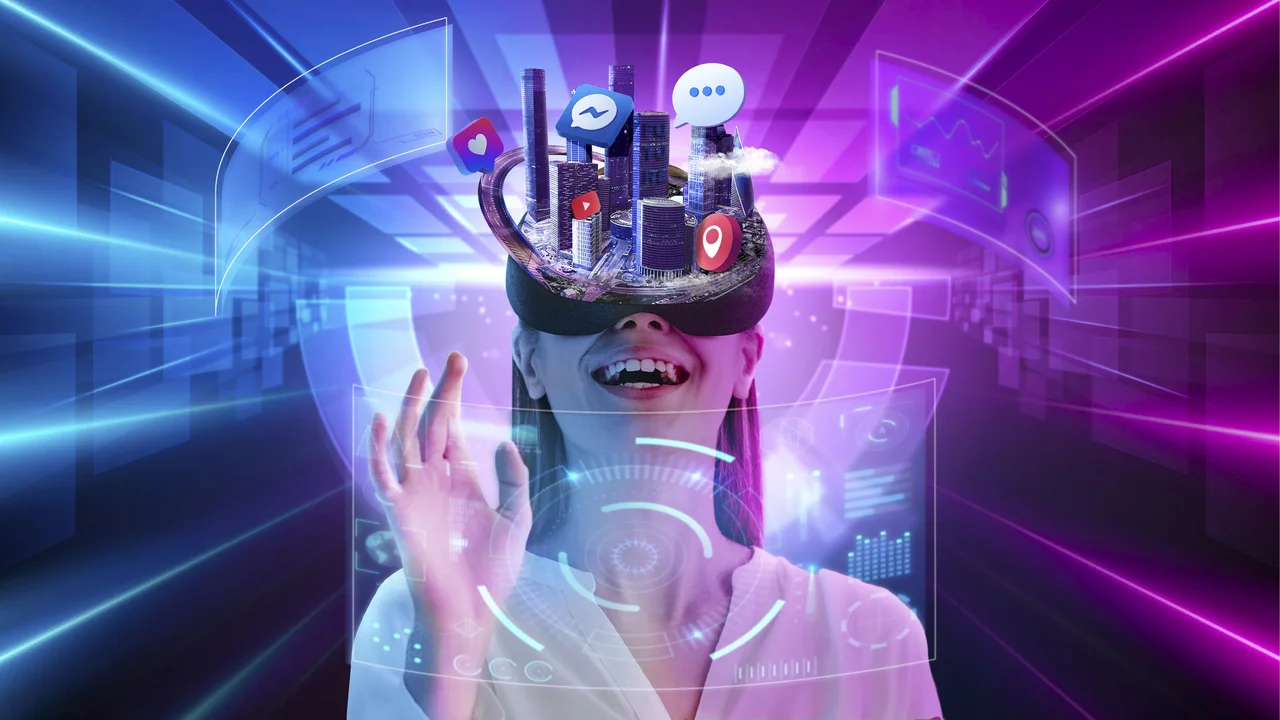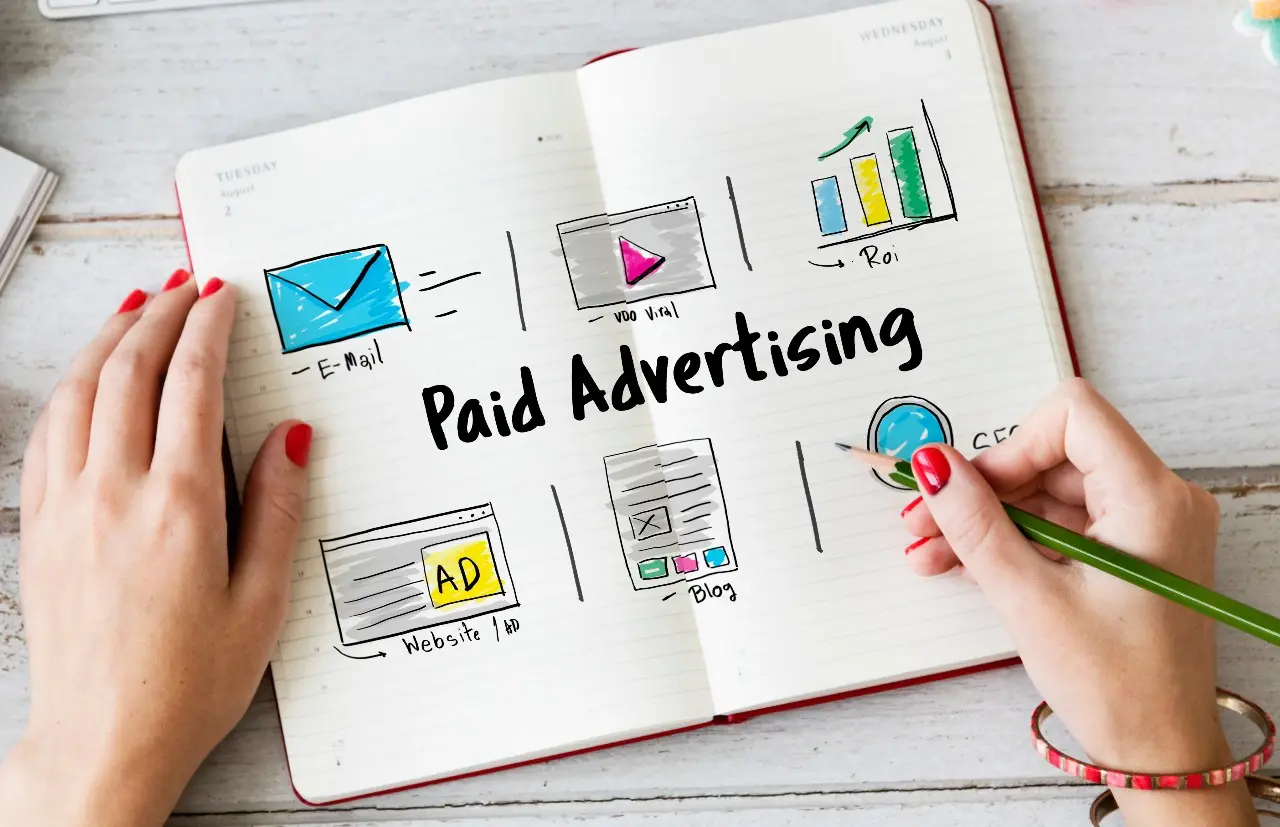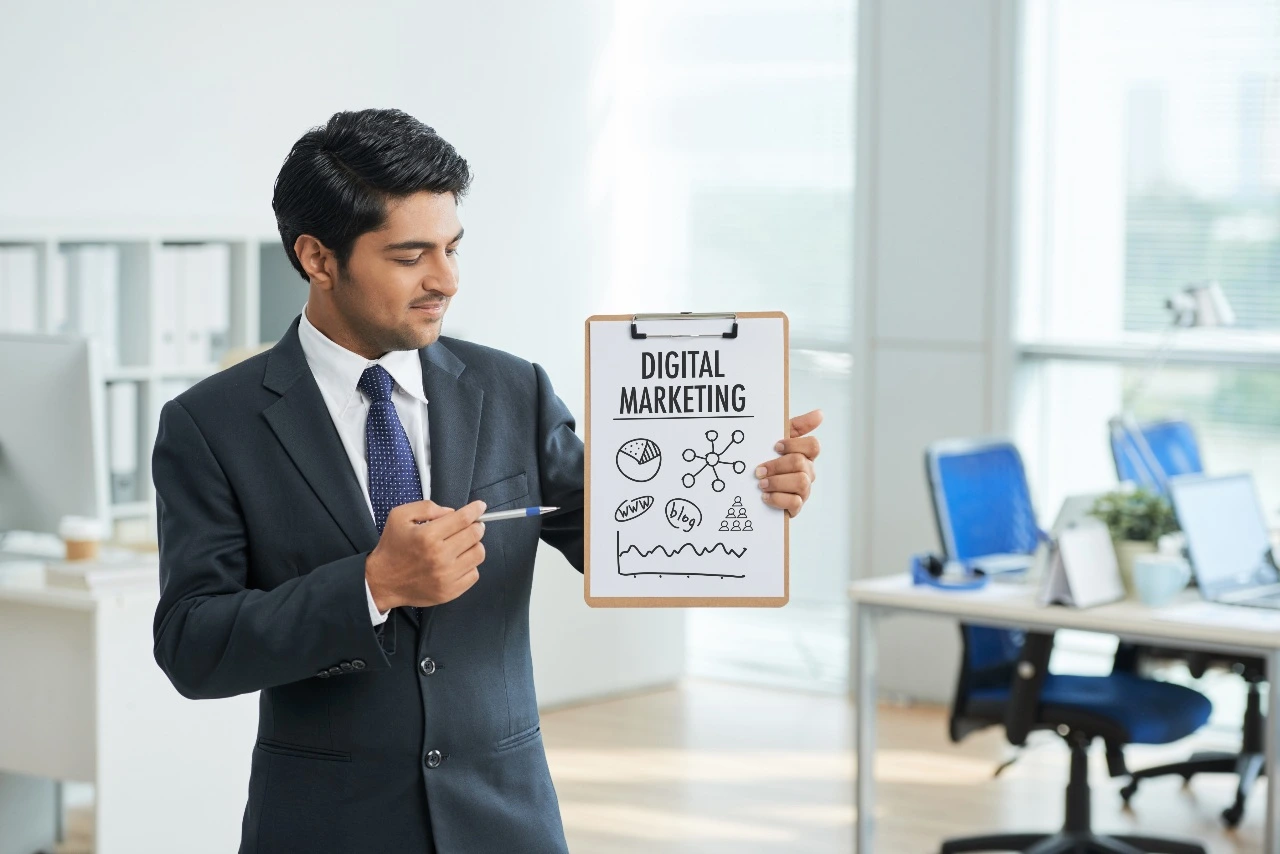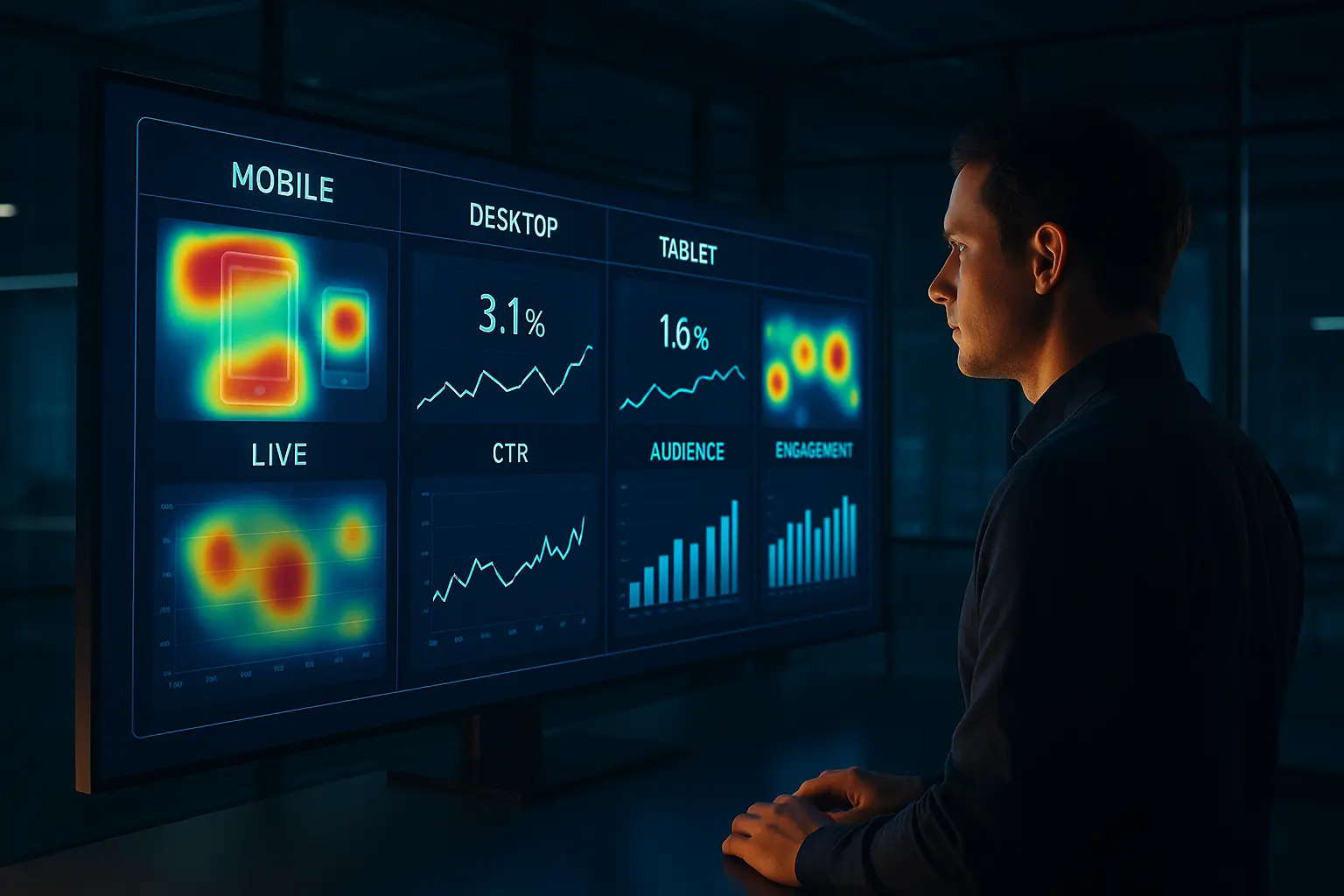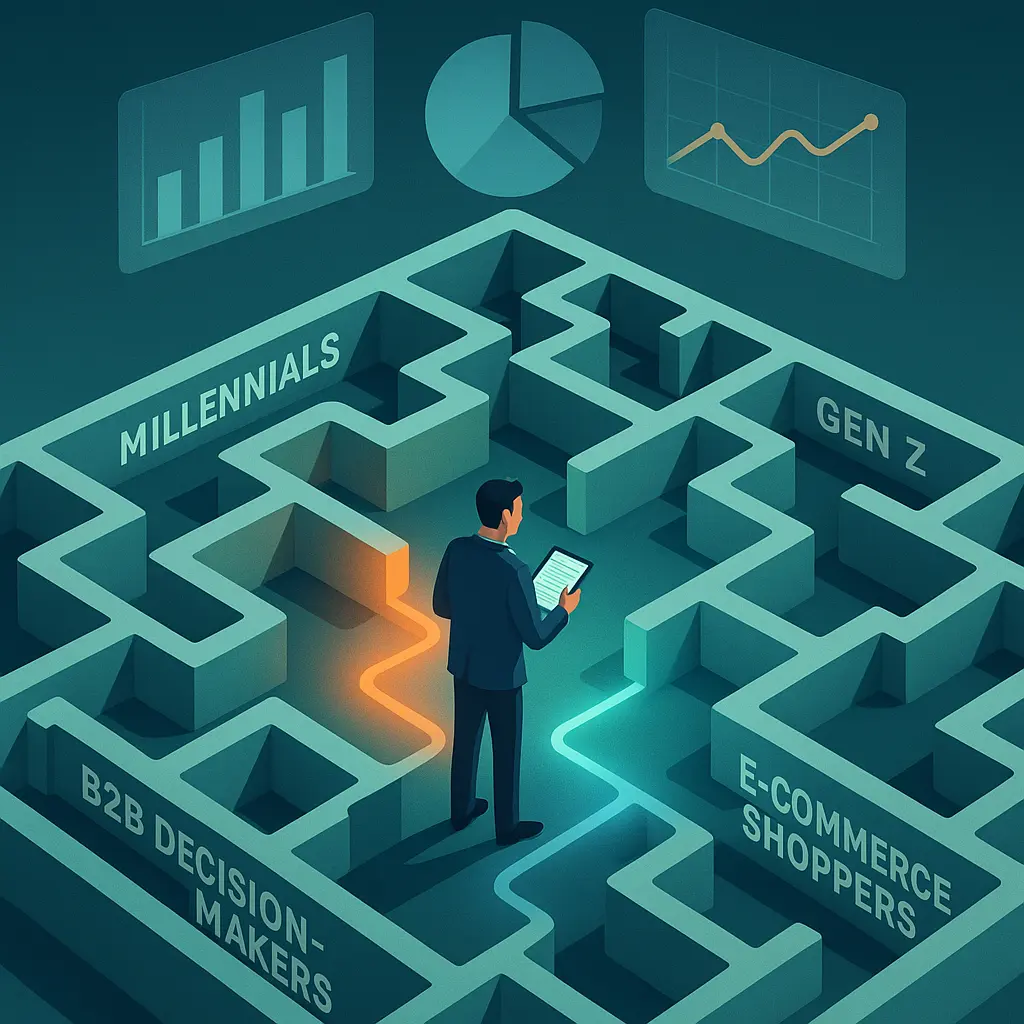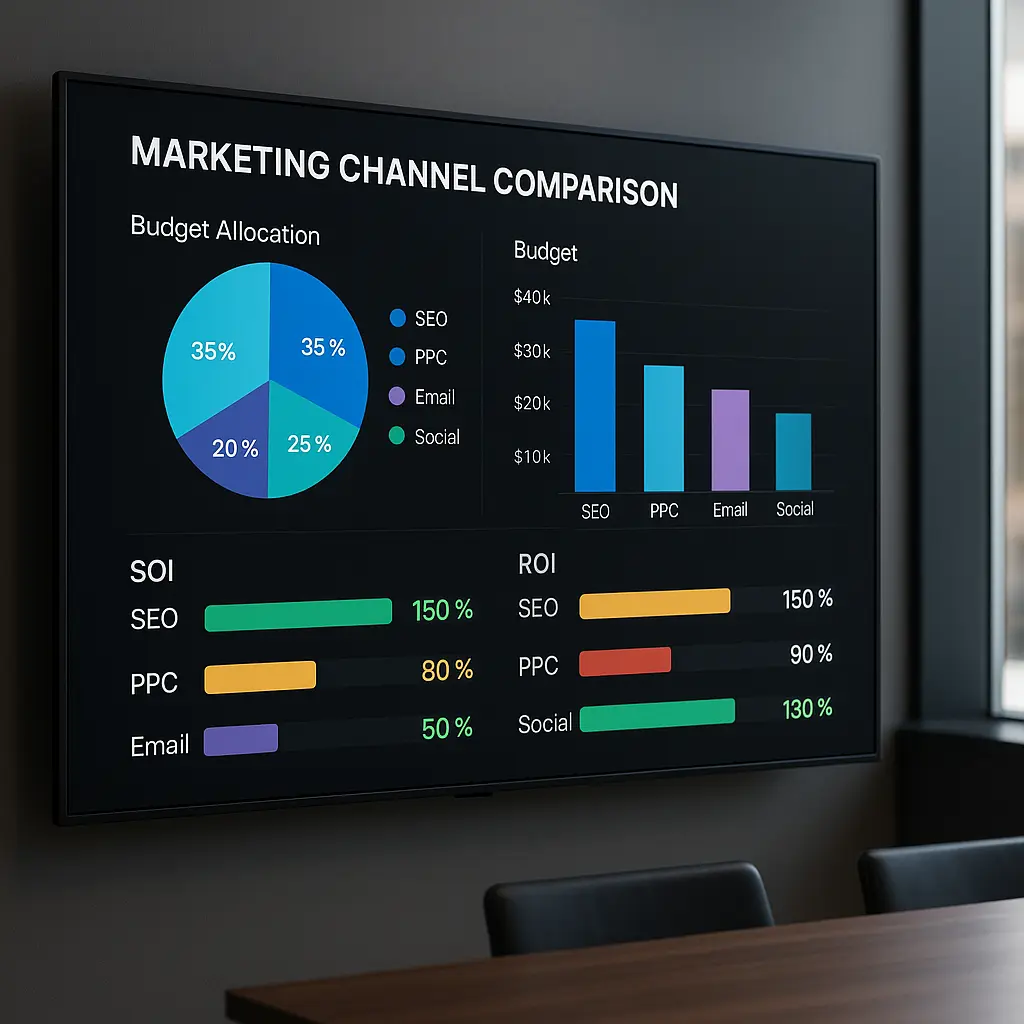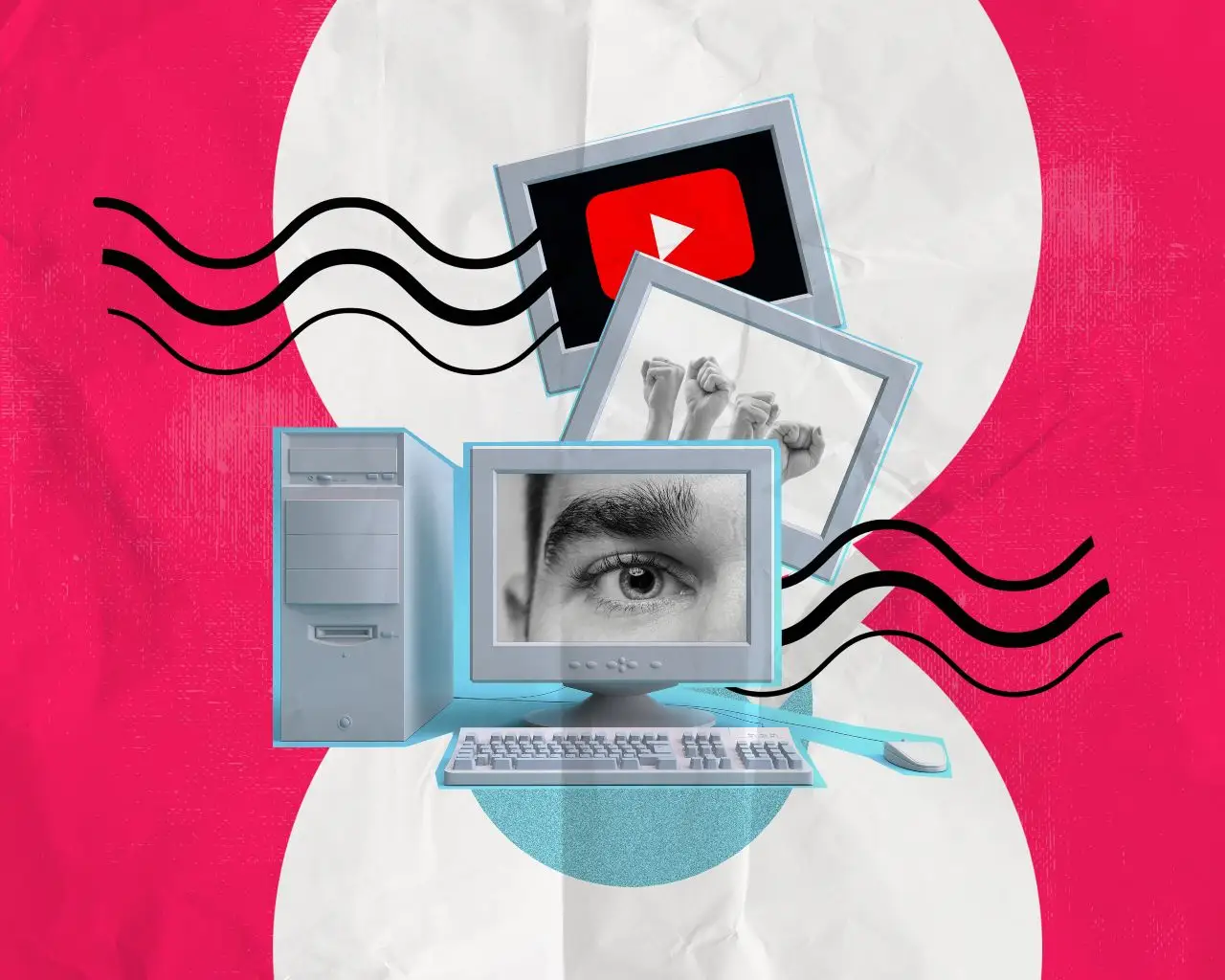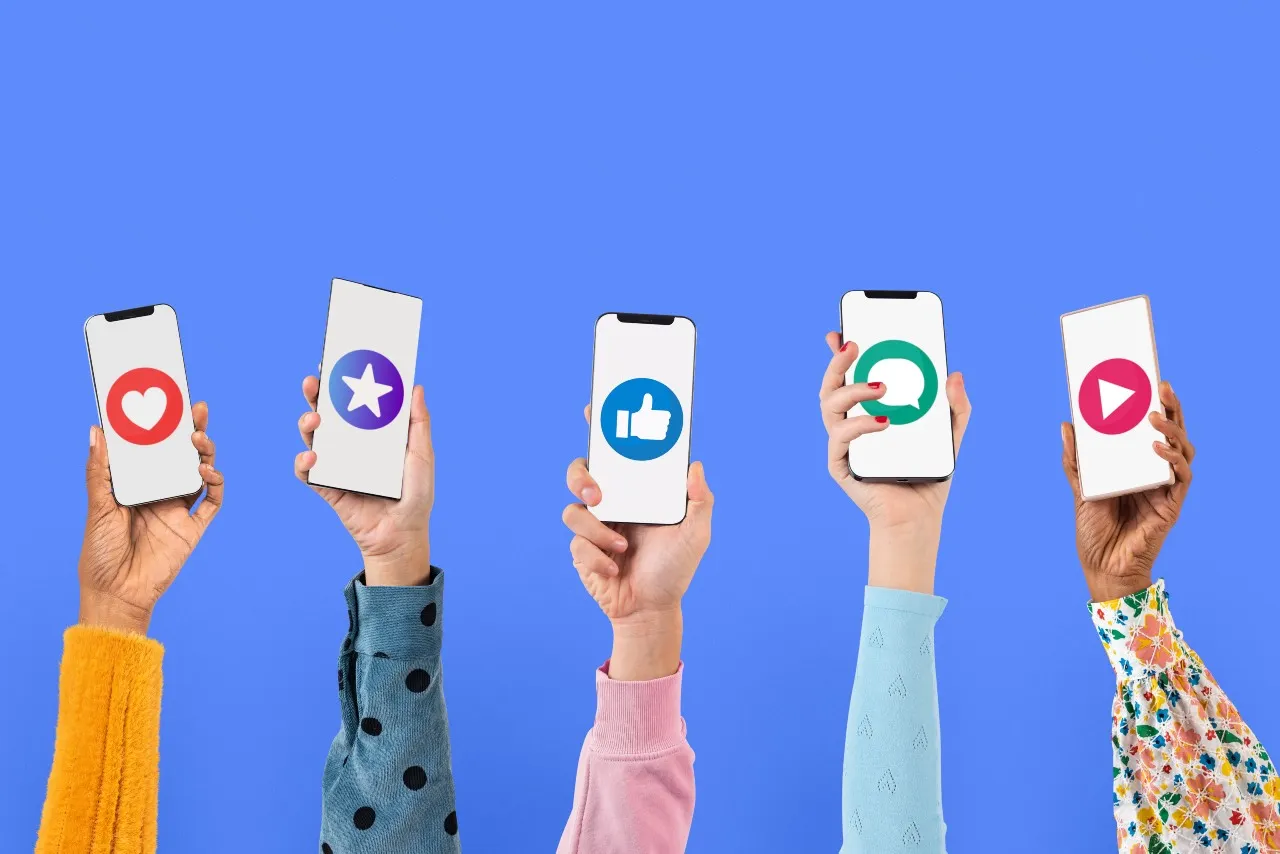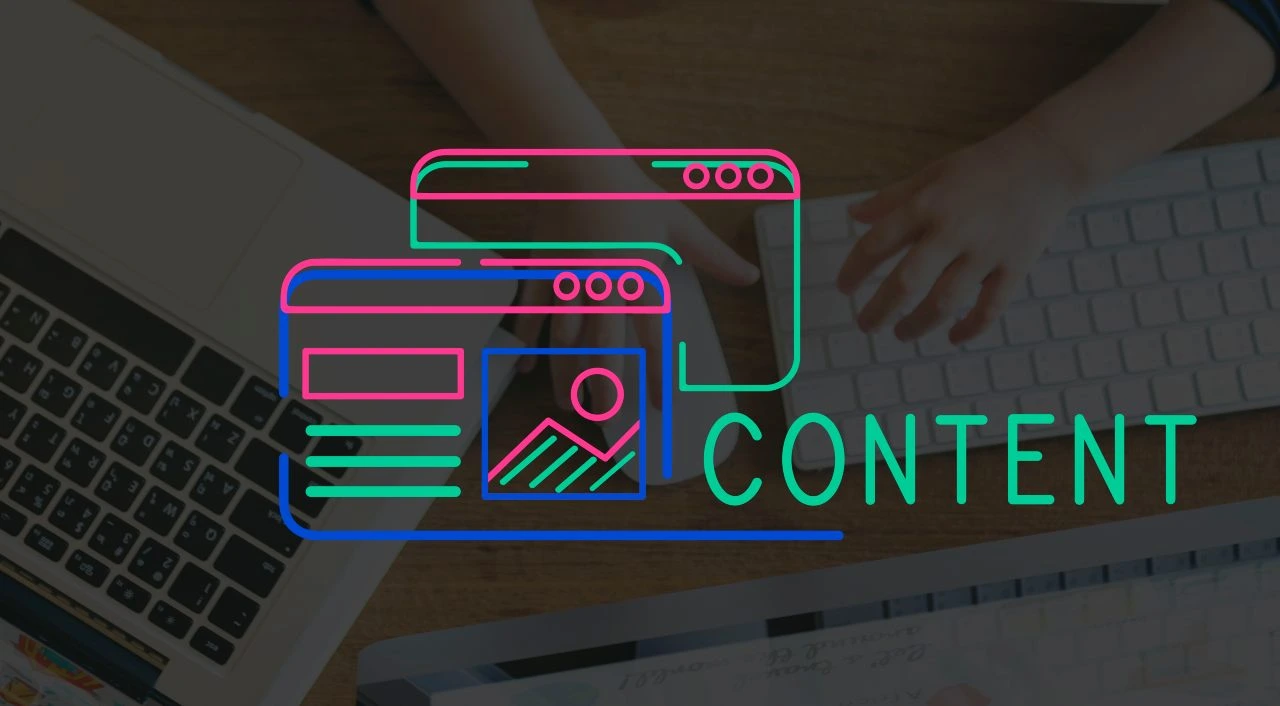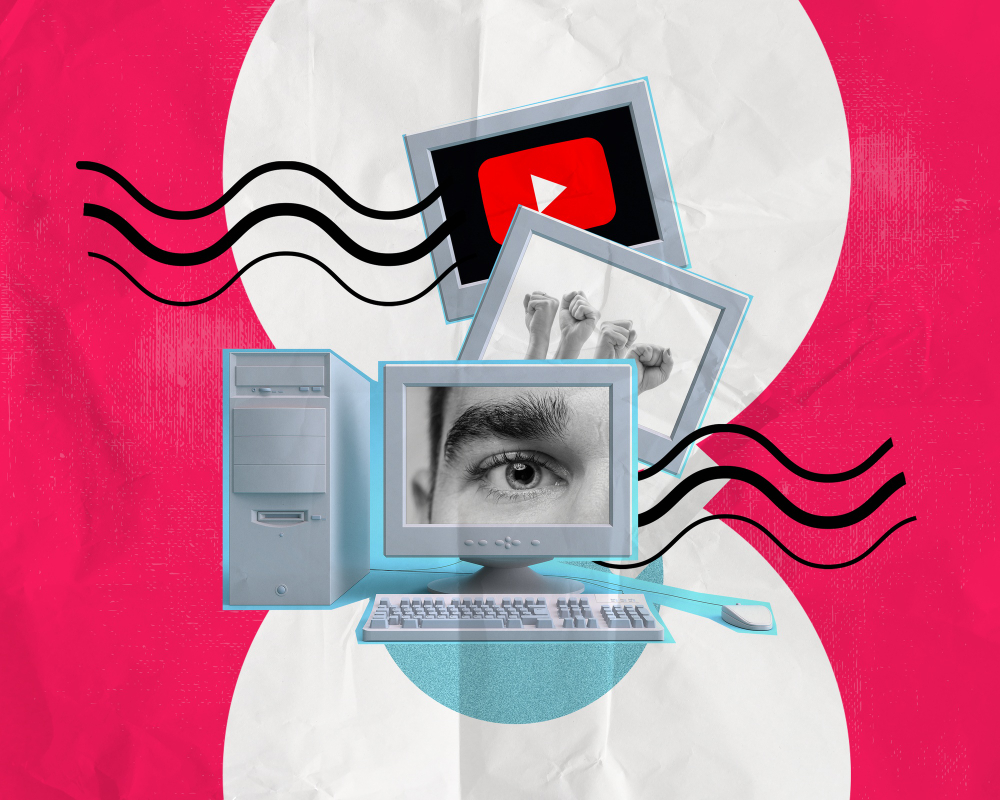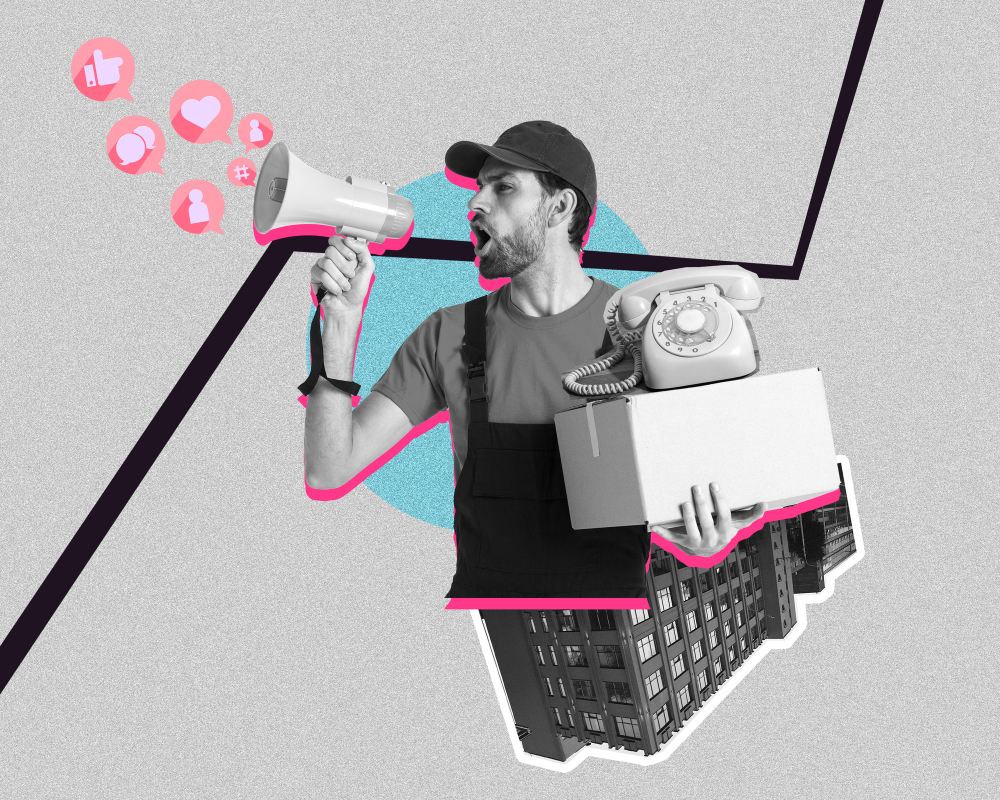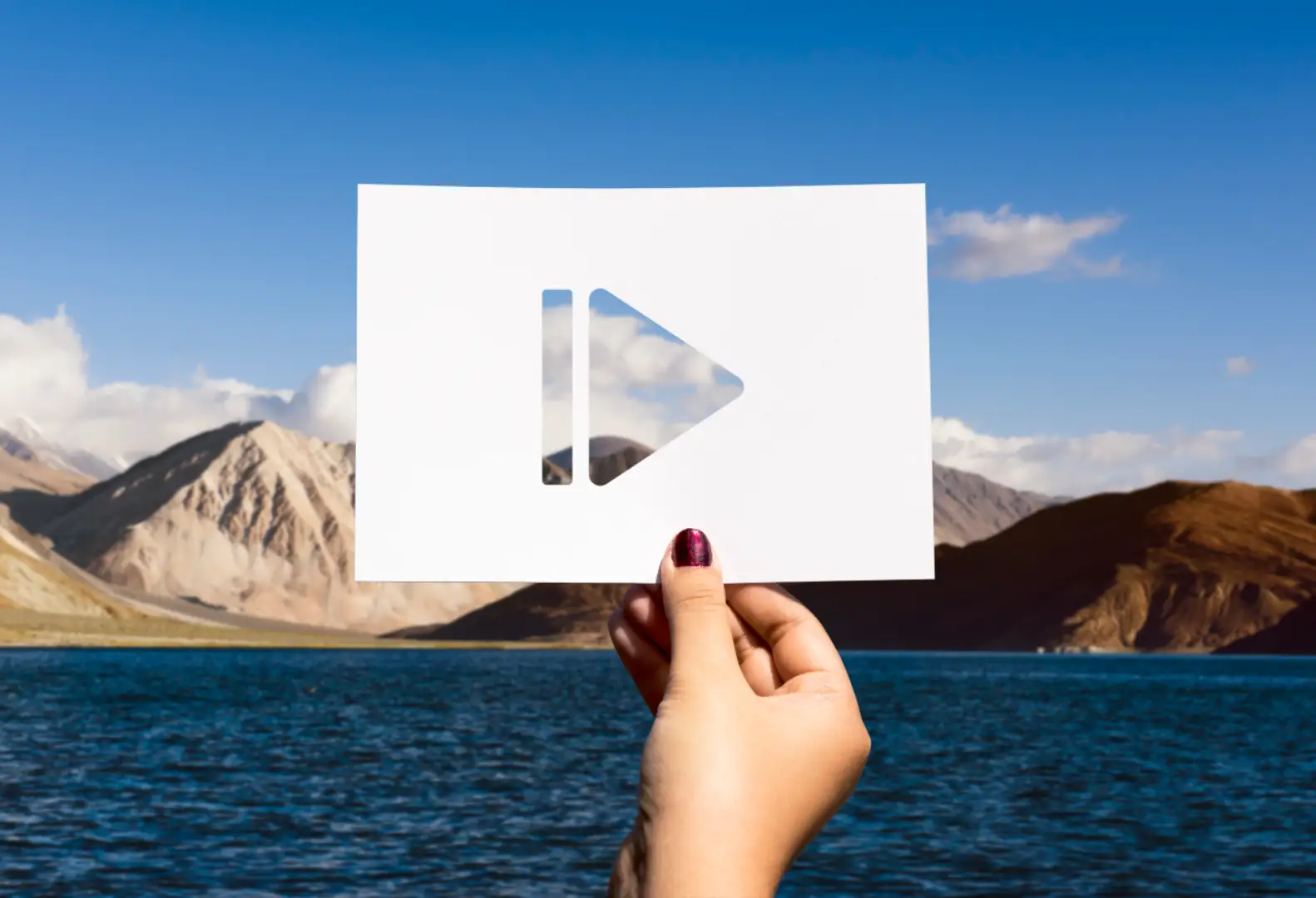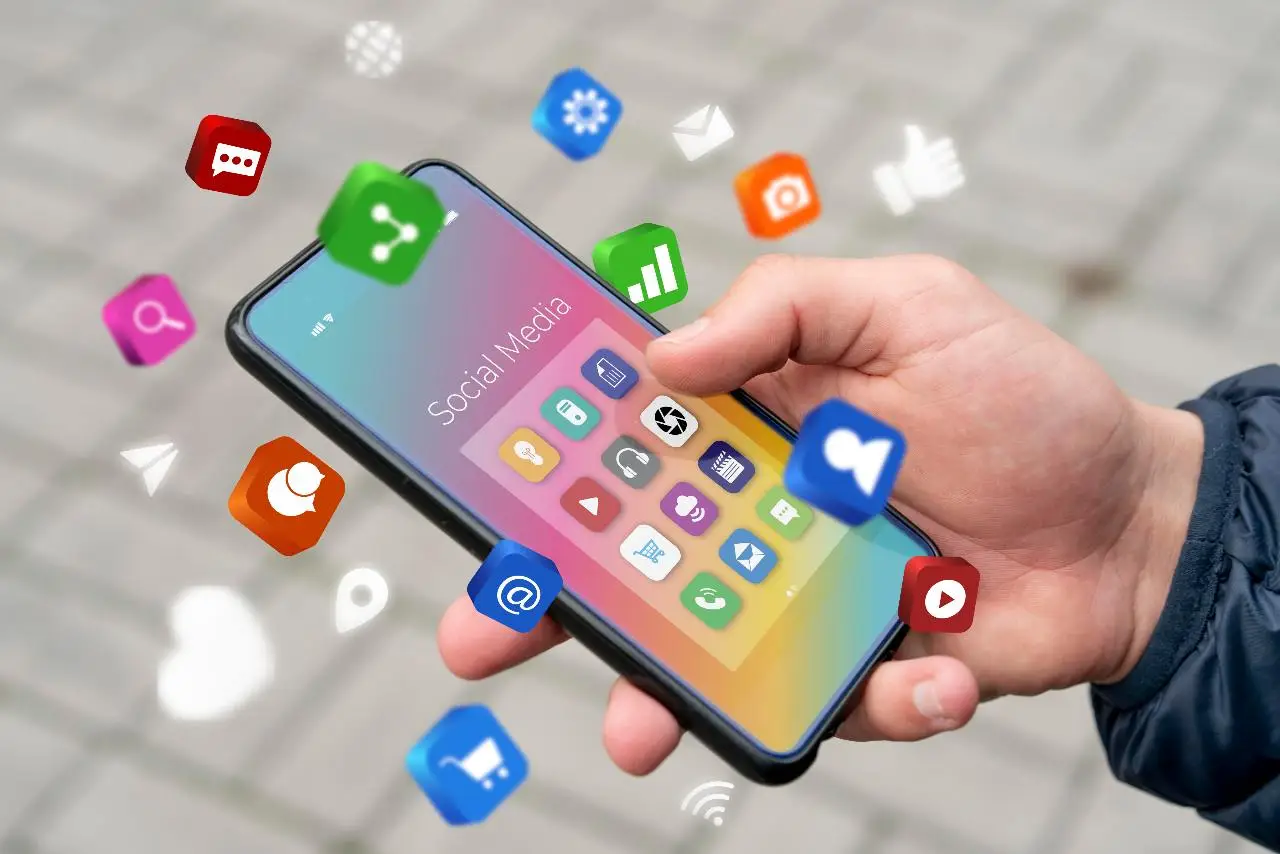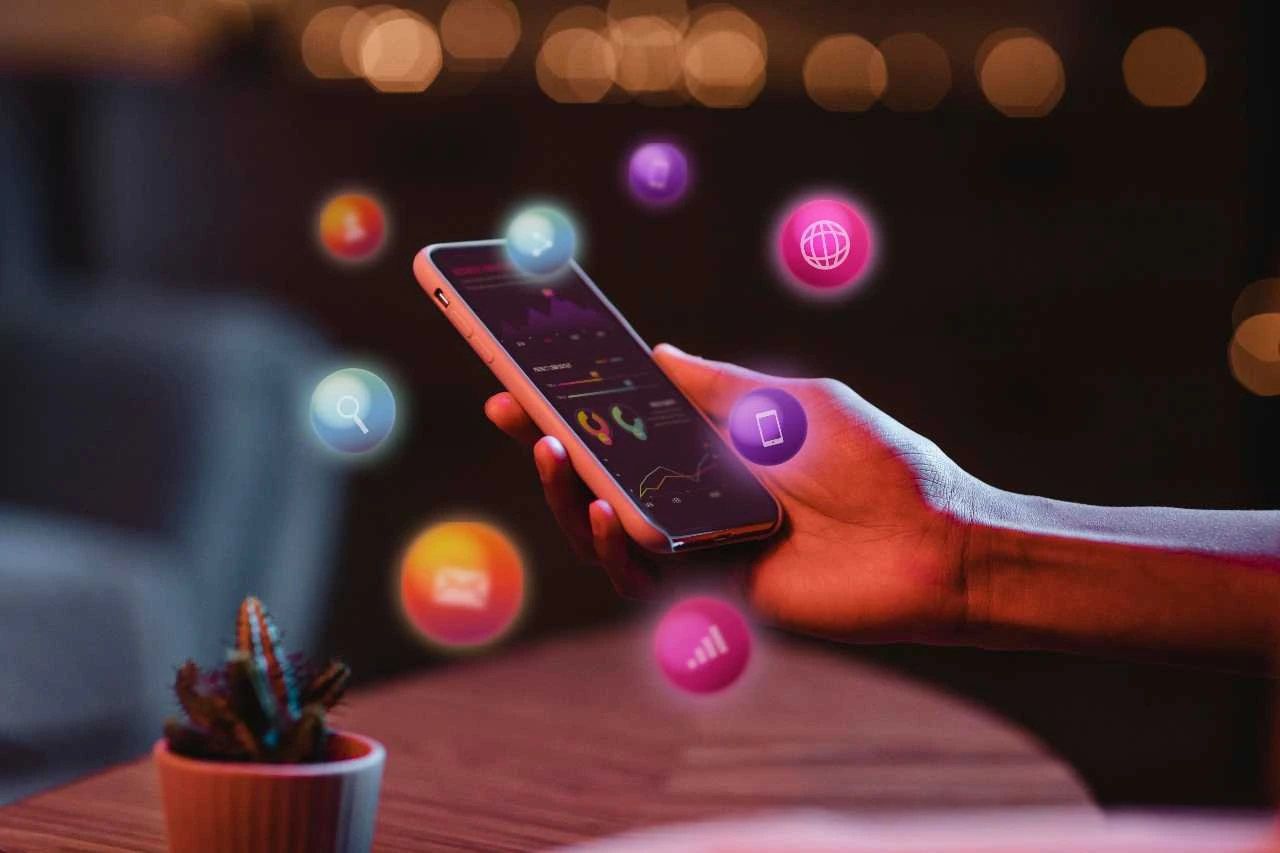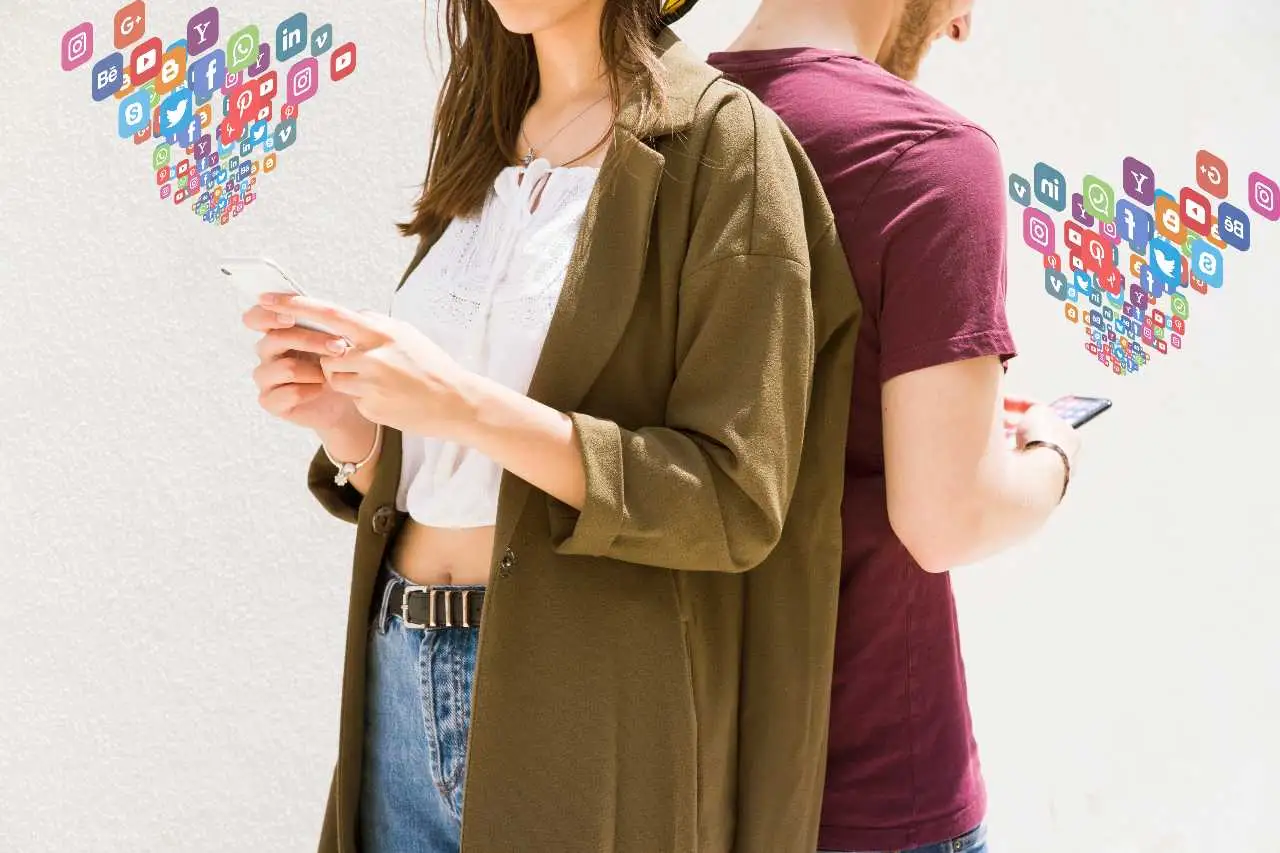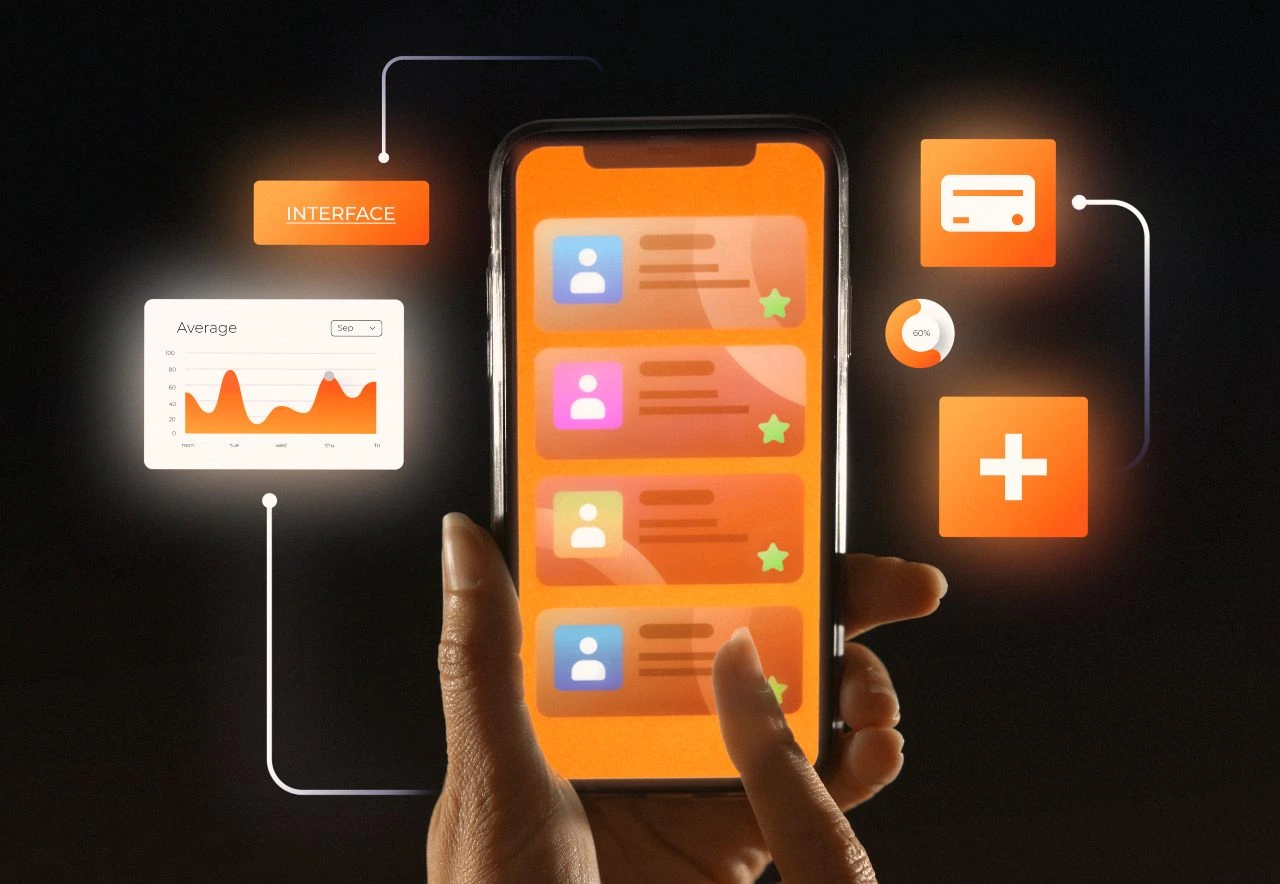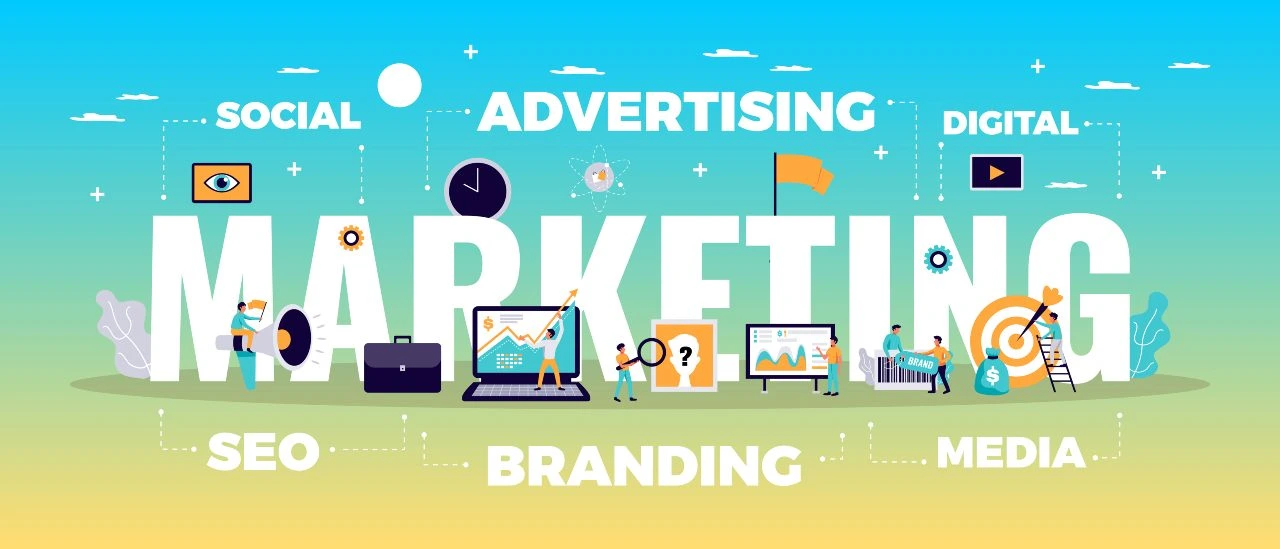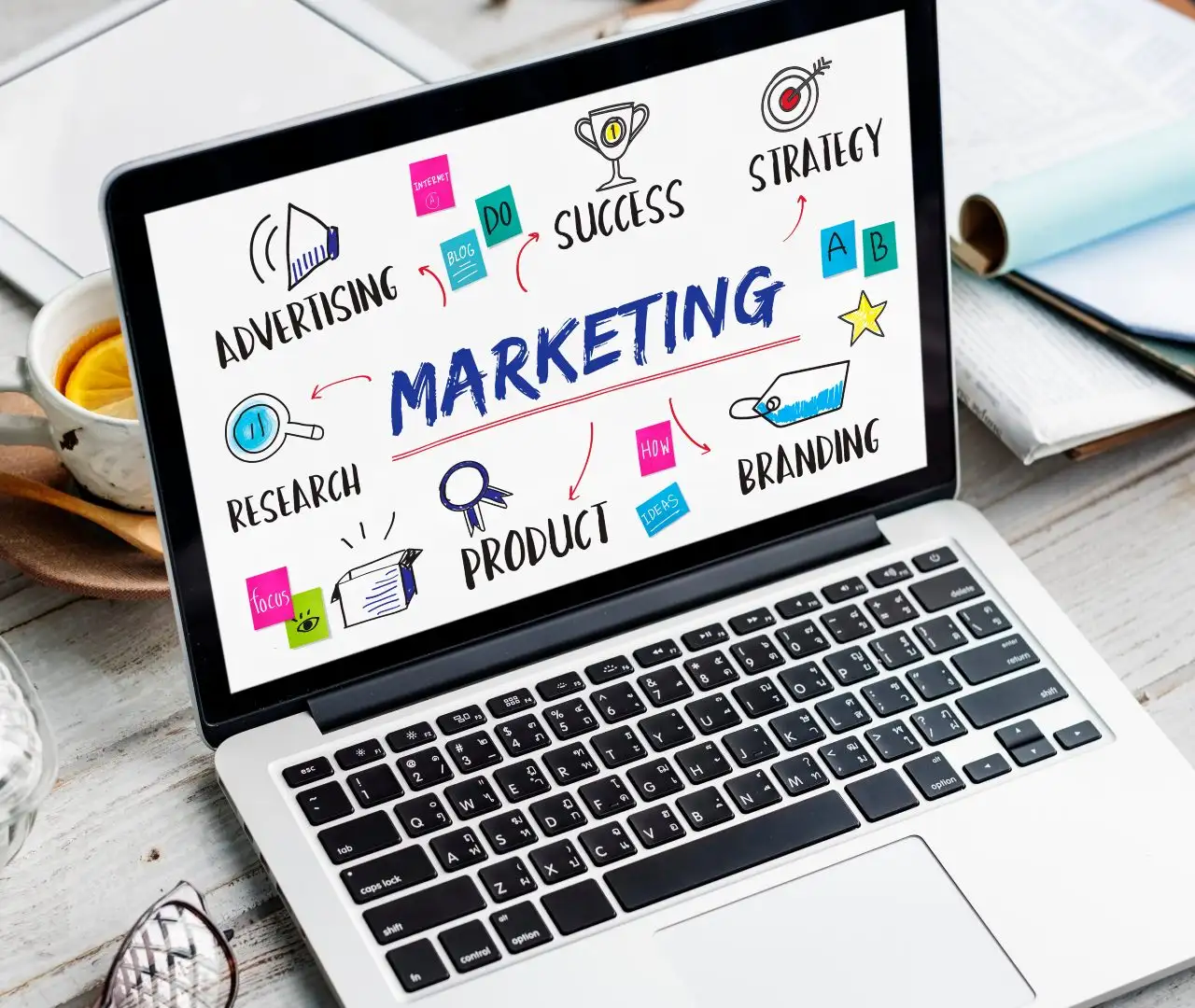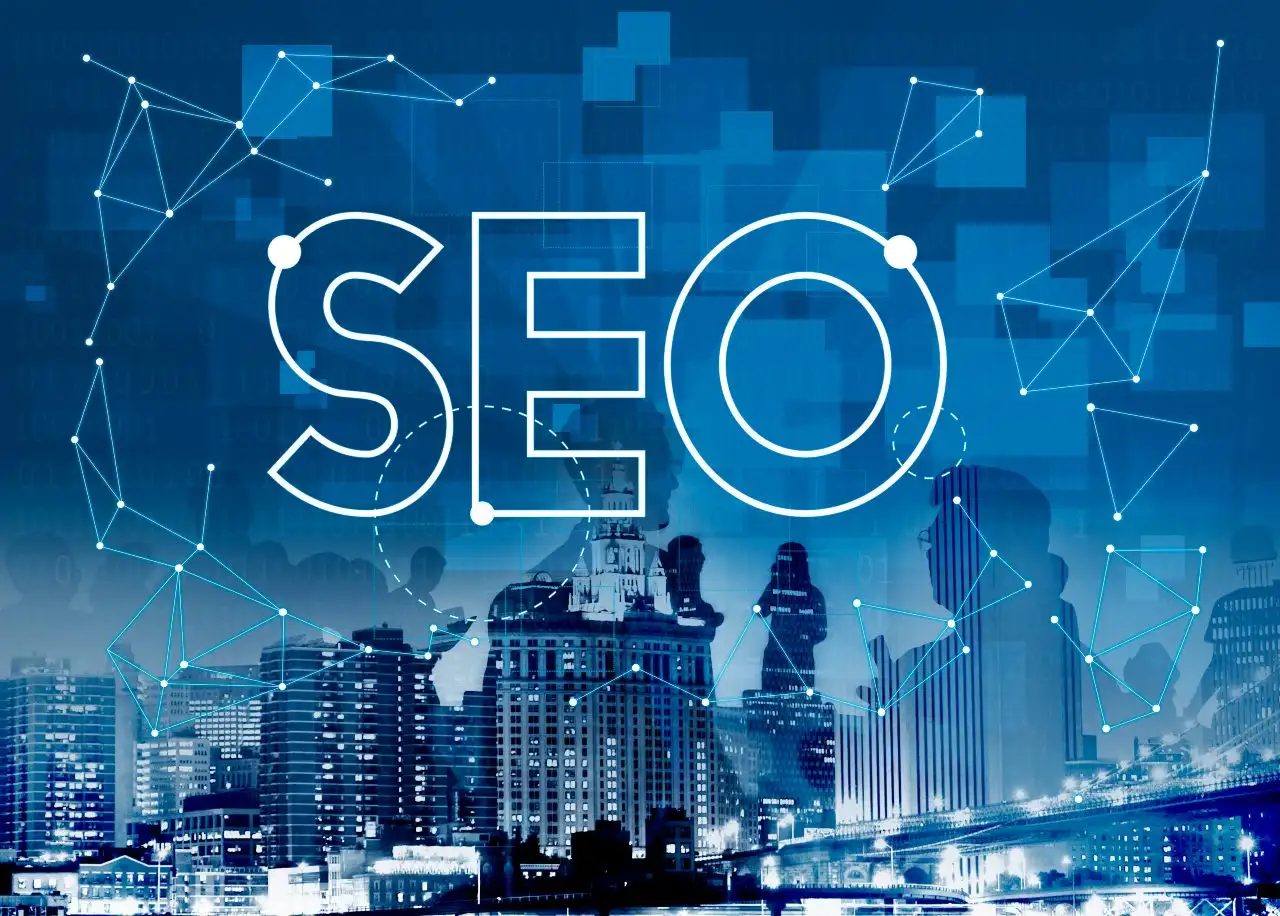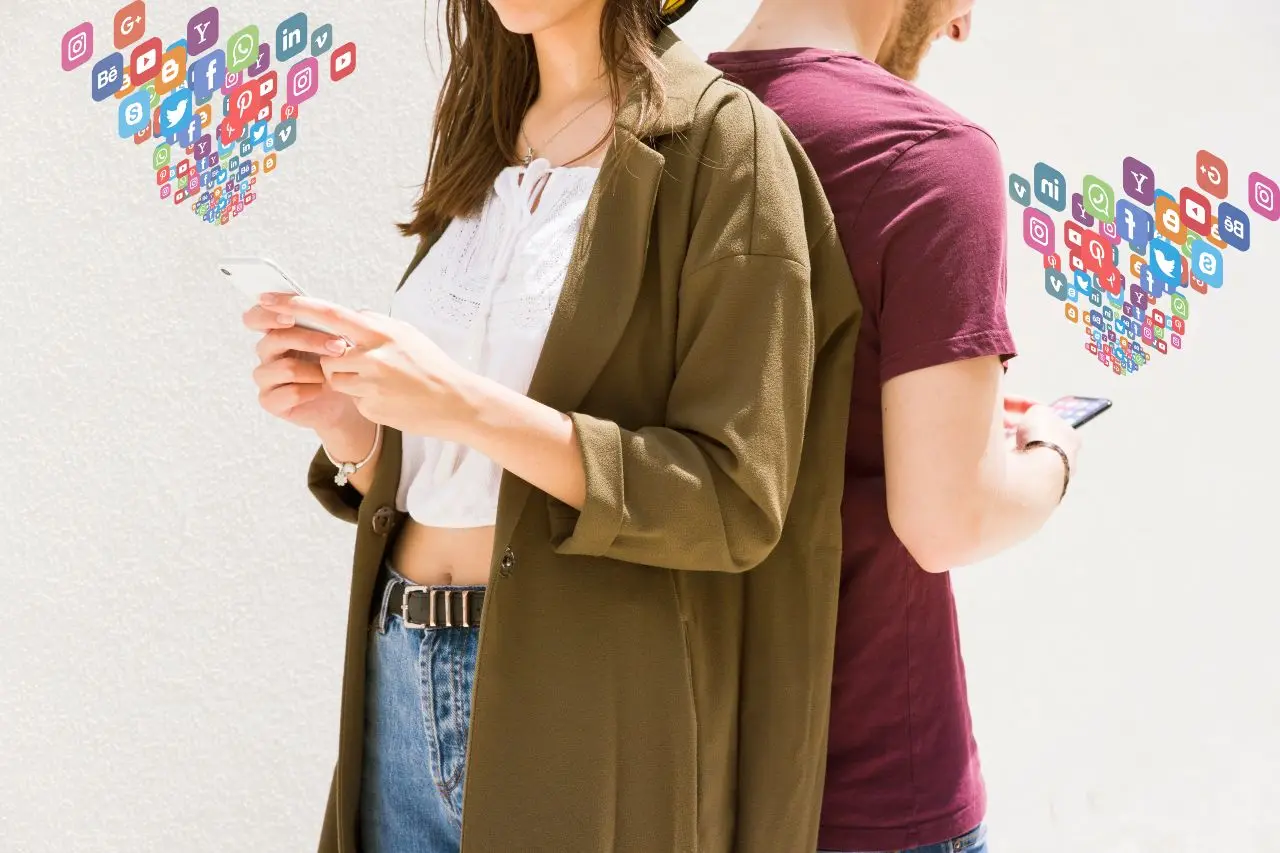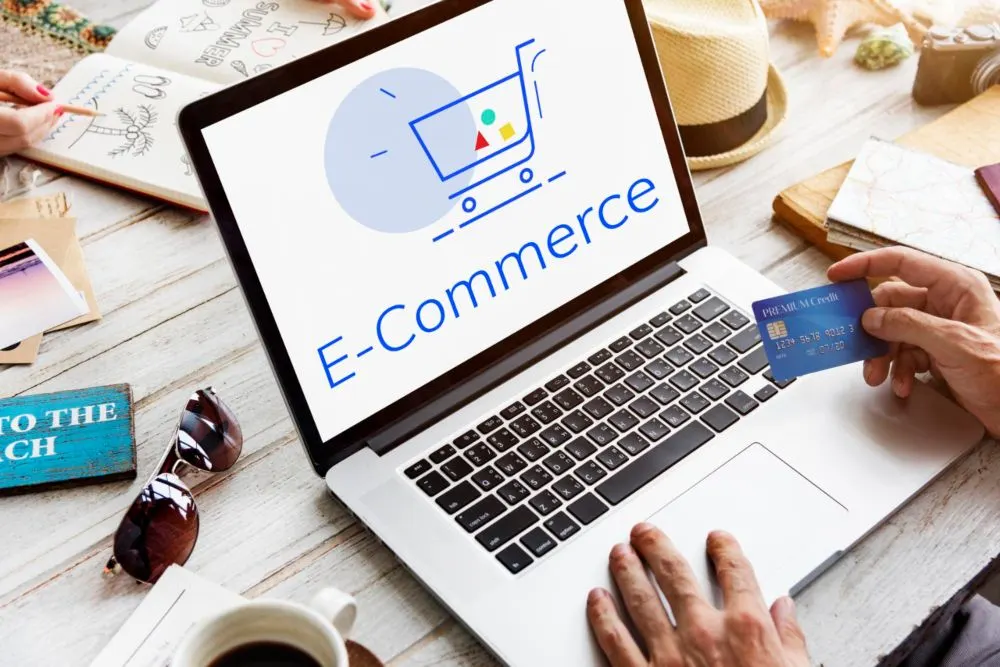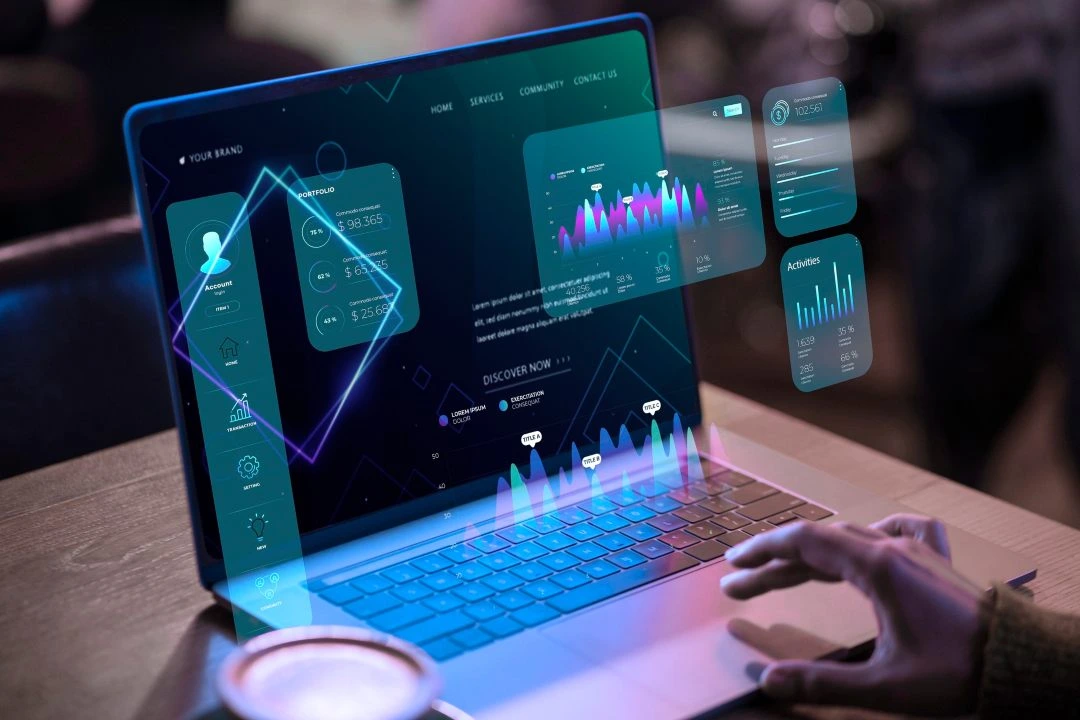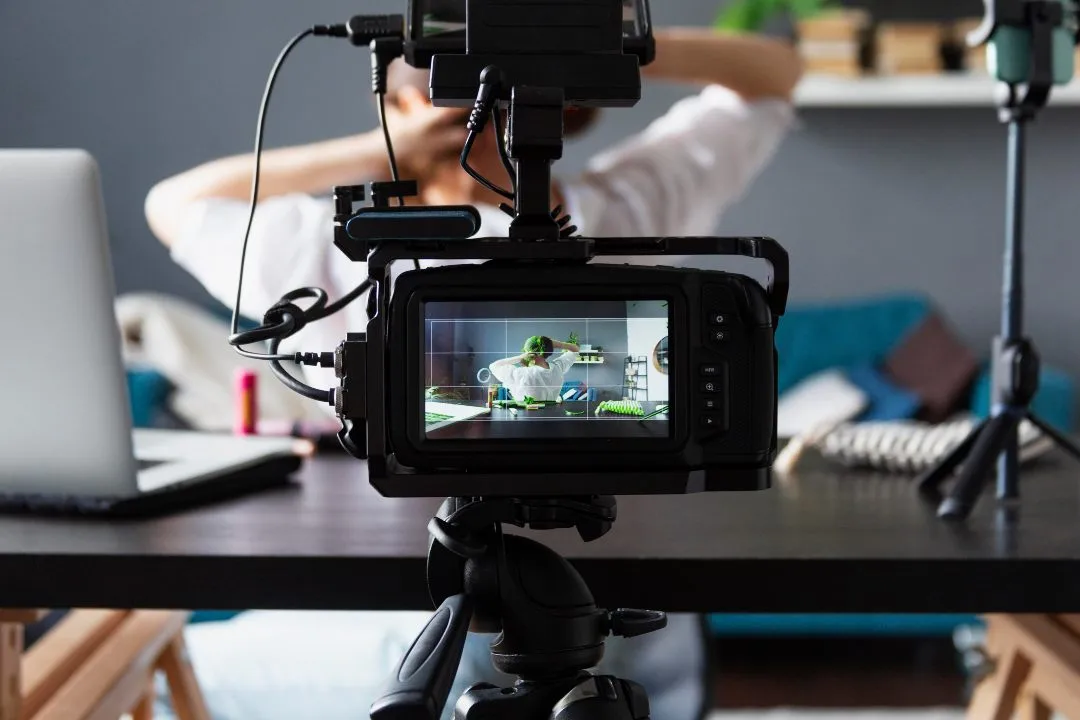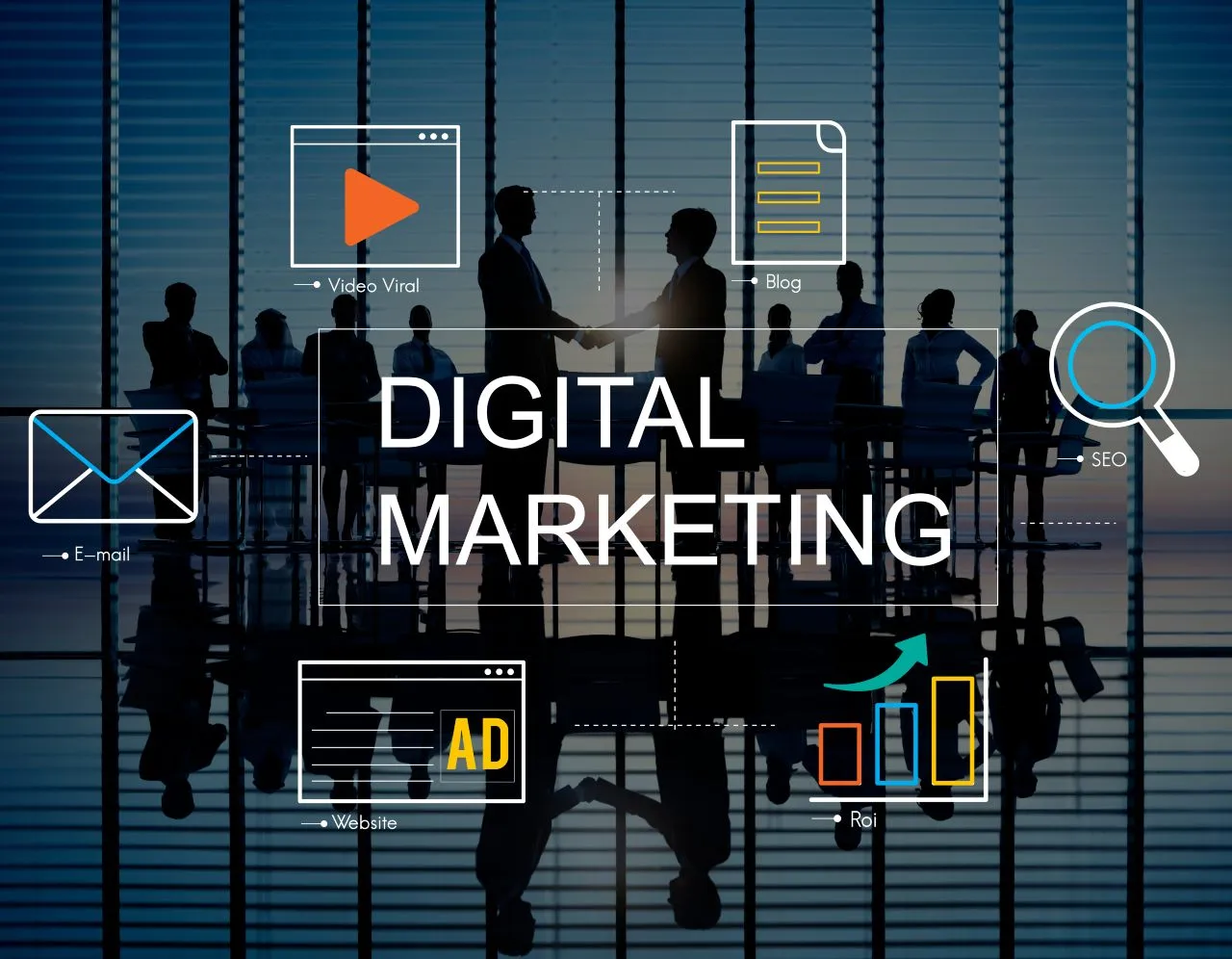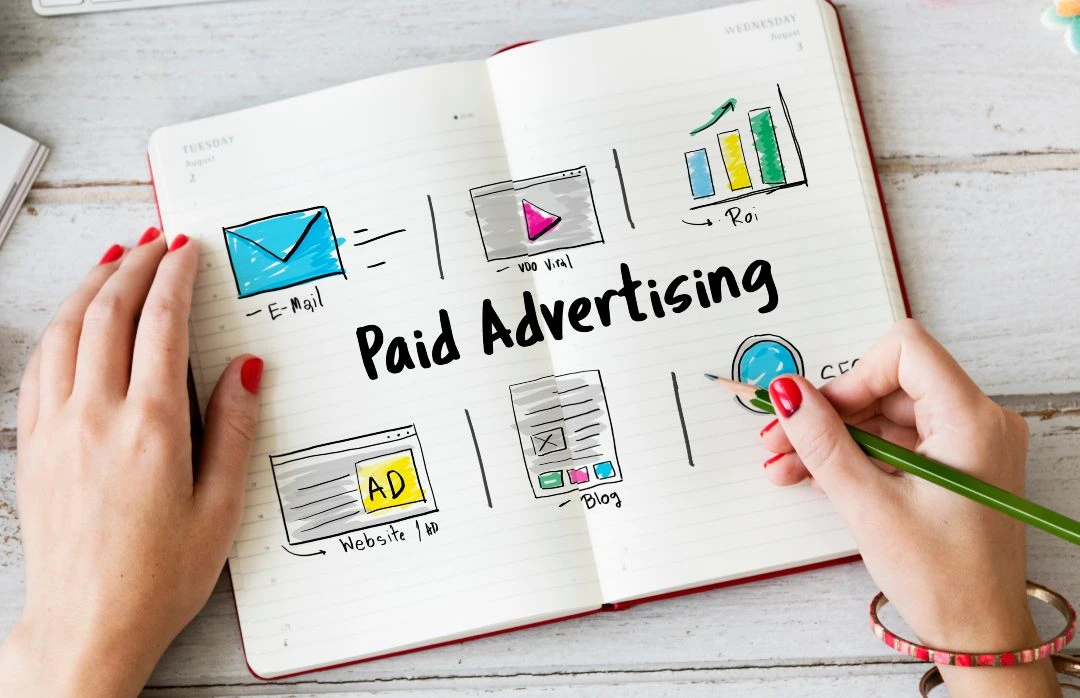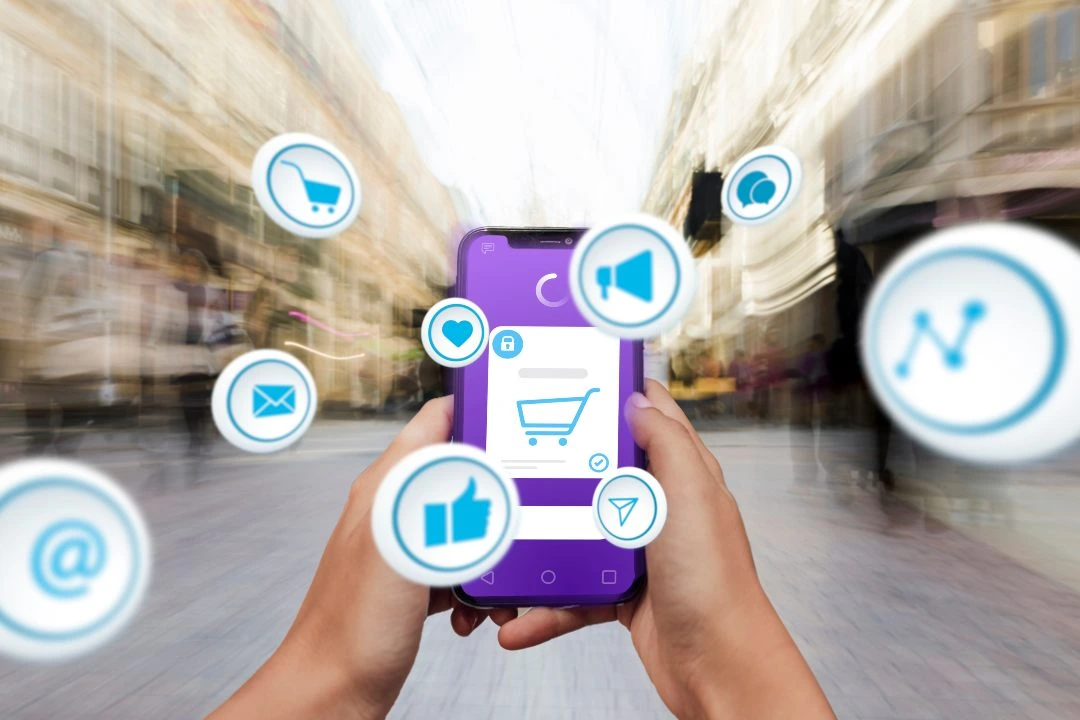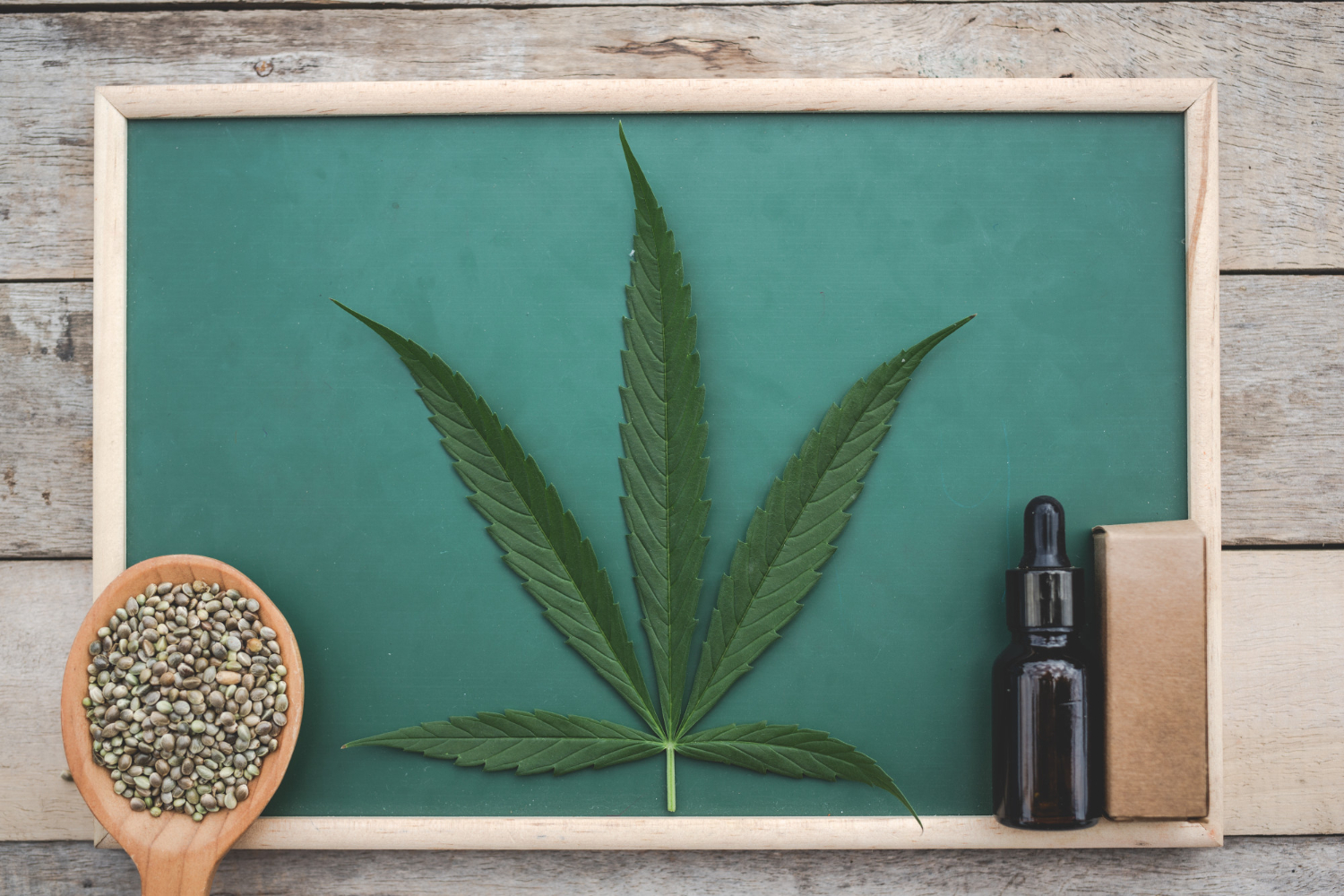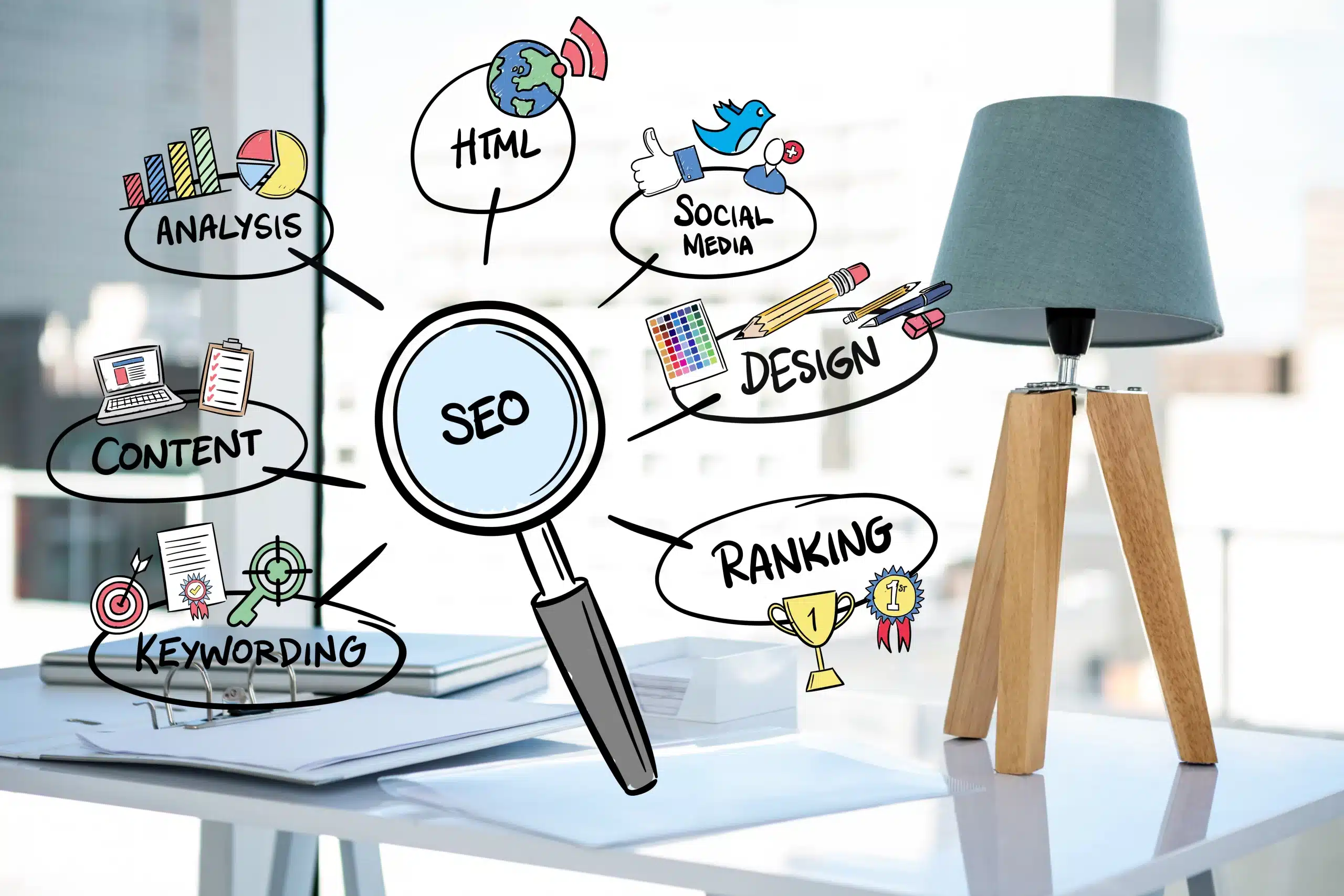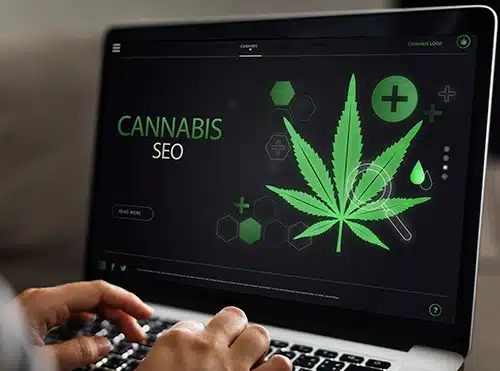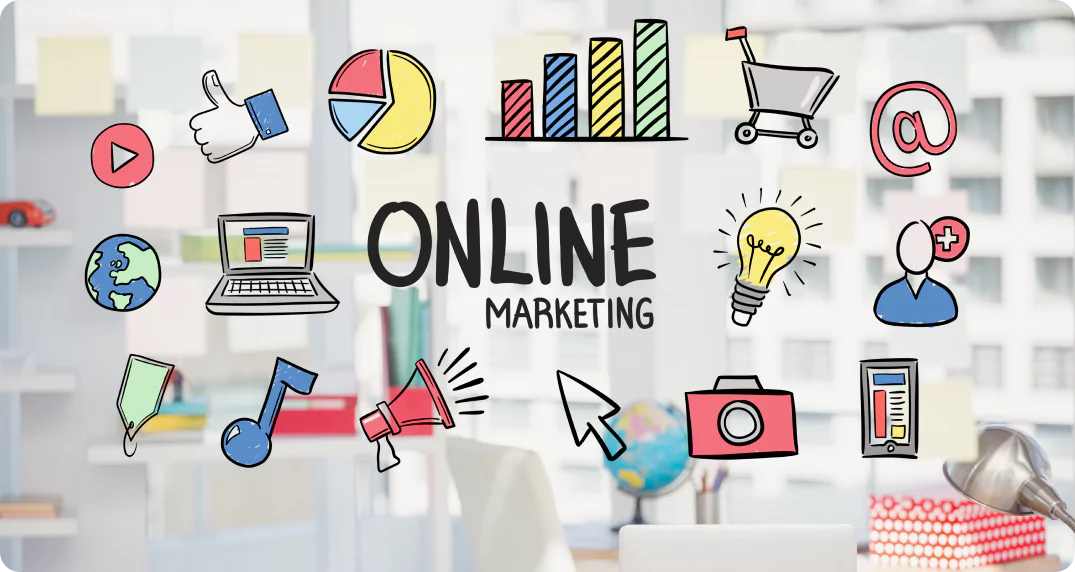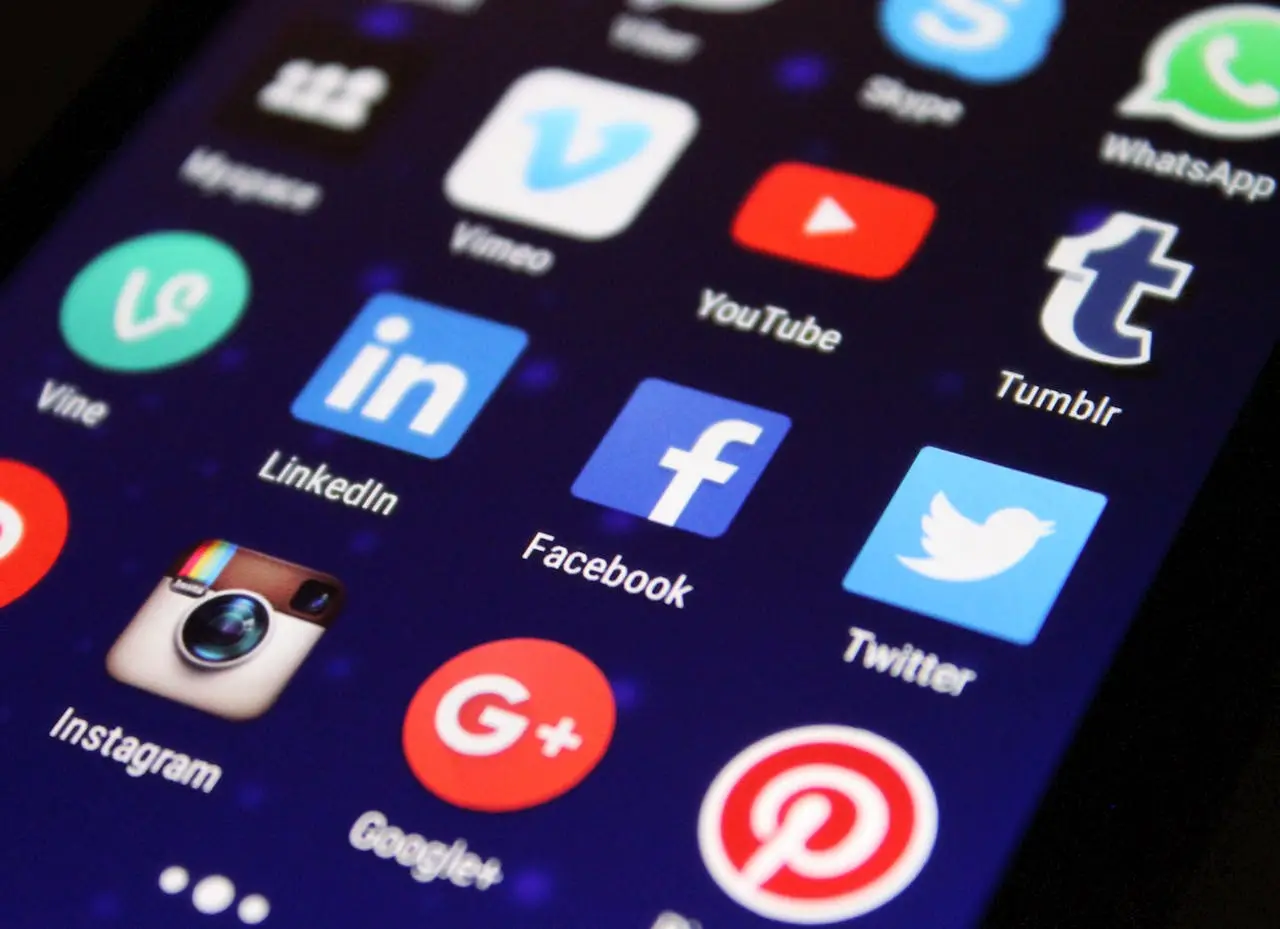Listen to article
Are you ready to step into the future of marketing? As technology evolves, innovative strategies are reshaping how brands connect with their audiences. One of the most exciting developments is the integration of virtual reality (VR) into marketing campaigns, offering immersive experiences that captivate and convert, but let’s face it, VR marketing can feel like uncharted territory.
With consumer behavior constantly changing, understanding the latest VR marketing statistics is crucial for staying ahead. From increased engagement to enhanced brand awareness, the potential benefits are immense.
In this article, we’ll explore the latest VR marketing trends, adoption rates, and ROI benchmarks, and provide actionable insights to help you leverage VR to drive growth and success.
How VR is Revolutionizing Consumer Engagement and Decision-Making
Virtual reality (VR) isn’t just a futuristic concept anymore—it’s a game-changer in how businesses engage and connect with their audiences. By offering interactive and immersive experiences, brands can meet consumers’ demand for visual and experiential content while fostering trust and confidence in purchasing decisions. Industries like real estate, travel, and retail are leading the charge, leveraging VR to create memorable experiences that ultimately drive results. Let’s explore some compelling stats that showcase the transformative potential of VR in marketing.
- Properties marketed with 3D tours experience a substantial boost, receiving 87% more views compared to those without. Source
- Listings that include virtual tours are clicked on 40% more often than those that don’t offer this feature. Source
- Video walkthroughs enhance buyer confidence by 28%, making potential buyers feel more secure in their decisions. Source
Key Takeaway
The adoption of VR in marketing underscores an important trend: consumers are seeking transparency, personalization, and convenience in their decision-making journey. Immersive tools like virtual tours address these needs by providing detailed, interactive previews, which not only boost engagement but also enhance buyer confidence. For brands, this means an opportunity to tap into the emotional and visual decision-making process of their audiences, ultimately leading to higher conversions and stronger loyalty.
Pro Tip:
To maximize value, don’t stop at creating immersive VR experiences—consider integrating them with other visual tools like augmented reality (AR) demonstrations or interactive floor plans. This layered approach ensures your brand offers a standout experience while catering to different customer touchpoints.
Video Marketing and VR: Driving Engagement and ROI
As marketing landscapes evolve, video content—enhanced by virtual reality (VR)—remains a game-changer for brands looking to amplify customer engagement and ROI. With its ability to deliver compelling narratives and immersive experiences, video marketing has become a cornerstone for B2B industries and real estate professionals alike. Not only does video boost lead generation, but VR integration allows marketers to connect with audiences on a more interactive and emotional level, helping businesses stay ahead of the competition.
- Marketers who utilize video experience 49% faster revenue growth compared to those who do not. Source
- Listings that include video content generate an impressive 403% more inquiries compared to listings without videos. Source
- 73% of homeowners prefer to list with an agent who uses video. Source
- An overwhelming 90% of marketers report that video content has been instrumental in generating leads. Source
- Video ads are the top method by which consumers discover a brand before making a purchase. Source
- YouTube is a key platform for brand discovery, with over 90% of individuals reporting that they find new brands or products on the platform. Source
- Over half of shoppers report that online videos have helped them decide on a specific brand or product to buy. Source
- A substantial 84% of people have been convinced to purchase a product or service after watching a video from the brand. Source
- An impressive 69% of B2B marketers are planning to increase their investment in video marketing during 2024. Source, Source
- Correspondingly, 65% of B2B marketers intend to incorporate more video content into their strategies. Source
- Approximately 45% of B2B marketers anticipate an increase in their content marketing budget for 2024, with a significant portion of this investment directed towards video content (69%) and thought leadership initiatives (53%). Source
Key Takeaway
The dominance of video marketing is undeniable, but VR technology is redefining how brands deliver value to their audience. Businesses that embrace video content infused with immersive VR features stand to unlock new levels of customer interaction and loyalty. For industries like real estate, VR-powered virtual tours bridge the gap between in-person visits and online browsing, while B2B companies leverage video storytelling to simplify complex solutions. The growing budgets allocated toward video marketing highlight its role as a necessity—not a luxury—in an effective strategy.
Pro Tip:
Use VR-enhanced video strategically to create immersive experiences that resonate with your audience. Whether it’s a step-by-step demo, a virtual walkthrough, or a behind-the-scenes tour, VR allows your audience to dive deeper into your brand’s world. Combine this approach with data-driven insights to craft videos tailored to your audience’s preferences, ensuring a higher ROI and stronger customer connections. For brands looking to scale their digital presence through video, integrating VR into a B2B website strategy can be a transformative step, aligning immersive content with a cohesive online marketing approach.
Maximizing ROI with Strategic VR Marketing Investments
As VR marketing matures, businesses are discovering that strategic allocation of resources is the key to unlocking its full potential. With immersive experiences captivating audiences like never before, leveraging paid advertising channels that align with how consumers engage with VR content is proving essential. Platforms like Facebook and Google Ads are emerging as frontrunners, offering unparalleled reach and measurable ROI for VR campaigns. These platforms not only help drive immediate traffic but also play a pivotal role in building long-term brand visibility.
- Facebook and Google Ads are currently the paid advertising channels delivering the highest ROI for VR marketing campaigns. Source
- Digital advertising can significantly boost brand awareness, potentially increasing it by as much as 80%. Source
- Paid media and PPC strategies tend to generate twice the number of visitors compared to SEO efforts. Source
Key Takeaway
Investing in paid advertising for VR marketing is about more than just impressions or clicks—it’s about creating immersive narratives that resonate with your audience across the right platforms. While organic strategies like SEO build a steady foundation, PPC services fast-track results by reaching broader audiences and increasing engagement. Pair this with VR’s unparalleled ability to create personalized and memorable experiences, and the potential ROI becomes incredibly compelling.
Pro Tip:
Don’t just set campaigns on autopilot—use A/B testing to refine audience targeting, ad creatives, and messaging. VR campaigns thrive on engagement, so focus on ads that inspire interaction and explore retargeting strategies to nurture leads who’ve already shown interest. This approach drives both short-term wins and sustained brand growth.
Elevating Post-Purchase Engagement with VR Video Strategies
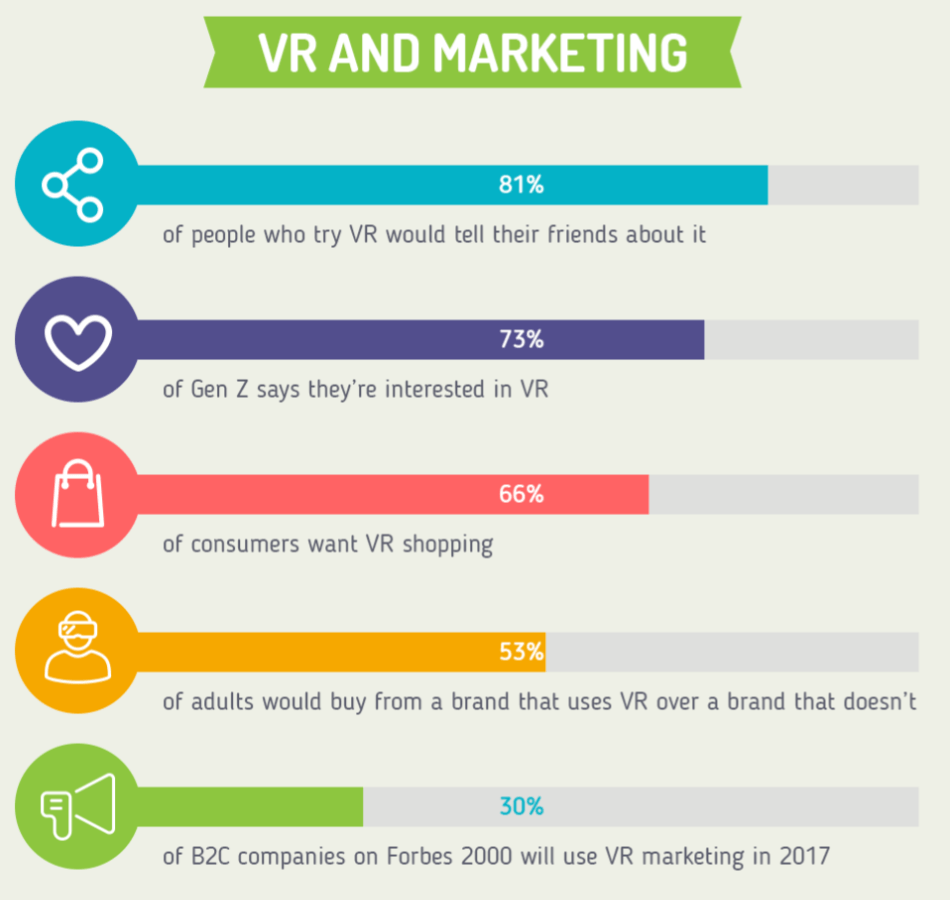
Source; WebFX
The customer journey doesn’t end at the point of purchase; in fact, retaining loyal customers often requires just as much effort as acquiring new ones. VR video content has emerged as a powerful tool for brands looking to enhance the post-purchase experience, creating interactive and immersive solutions that provide value well beyond the sales cycle. By incorporating VR into their customer support strategies, businesses can not only boost satisfaction but also streamline operations and reduce costs.
- 93% of consumers report finding VR video content beneficial for post-purchase instructions. Source
- 43% of video marketers observed a reduction in customer support calls by integrating VR video content. Source
- Online VR video made up a staggering 82.5% of all web traffic in 2023. Source
Key Takeaway
These numbers highlight a growing trend: Customers not only appreciate but expect brands to deliver interactive, self-service solutions. By leveraging VR video, businesses can better assist customers in navigating complex products or services, fostering trust and loyalty while cutting down on labor-intensive support demands.
Pro Tip:
Maximize the impact of your VR content by creating tailored experiences. For example, develop step-by-step virtual tutorials that adapt based on customer preferences or past interactions. Not only does this save time for your support team, but it also leaves customers feeling empowered and valued.
AI in Revolutionizing B2B Marketing and Enhancing VR Campaigns
Artificial intelligence is no longer an emerging technology in the B2B marketing world—it’s a game-changer that’s redefining how brands engage their audiences and make data-driven decisions. Whether it’s streamlining processes, driving personalized experiences, or delivering smarter insights, AI has become essential for marketers looking to stay competitive. Its applications are particularly impactful in areas like VR marketing, where automation and personalization are crucial for creating immersive, high-impact campaigns.
- Half of B2B marketing leaders are currently using AI, and 75% are likely to adopt generative AI for business promotion as AI-driven advertising grows. Source
- 57% of B2B marketers in the United States have integrated AI-enabled chatbots into their demand generation programs to gain deeper insights into their audience. Source
- B2B marketers who incorporated chatbots into their marketing strategies saw a 10-20% increase in lead generation volumes. Source
- 67% of B2B companies use AI for product recommendations, 42% for pricing optimization and customer segmentation, 46% for chatbots and virtual assistants, and 33% for product categorization. Source
- 57% of B2B companies are leveraging generative AI to produce more content in less time, while 41% of marketers use generative AI to craft more creative campaigns, and 35% apply it to gain a competitive edge. Source
Key Takeaway
As these statistics show, AI is no longer a “nice-to-have” but a “must-have” in the B2B marketing toolkit, especially as industries embrace innovative solutions like VR. By harnessing AI for functions such as demand generation, customer segmentation, and highly personalized campaigns, B2B companies can significantly improve their digital marketing ROI while staying ahead of the curve in a competitive landscape. The integration of AI-backed technologies like generative tools and chatbots isn’t just about efficiency—it’s about elevating the customer experience and delivering marketing that feels intelligent, timely, and personalized.
Pro Tip:
Maximize the impact of your VR content by creating tailored experiences. For example, develop step-by-step virtual tutorials that adapt based on customer preferences or past interactions. Not only does this save time for your support team, but it also leaves customers feeling empowered and valued.
The Rise of Interactive VR Content and Influencer Partnerships
As VR technology continues to redefine the marketing landscape, brands are finding that immersive, interactive content and influencer collaborations are key to capturing attention and driving engagement. Short-form videos, enhanced with VR elements, not only deliver dynamic storytelling but also keep audiences hooked for longer durations. At the same time, tapping into user-generated content and smaller-scale influencers is proving to be a powerful way to build credibility and connect with niche audiences, especially among Gen Z—the most digitally savvy generation yet.
- Short-form videos with VR elements are highly engaging, with 59% of viewers watching 41-80% of a video and 30% sticking around for 81-100% of its duration. Source
- User-generated content (UGC) remains a go-to strategy for strengthening brand trust among Gen Z, as recommendations from peers often outweigh traditional advertising. Source
- Partnerships with nano-influencers (44%, up from 39%) and micro-influencers (25.7%) have surged as brands prioritize highly engaged, niche audiences over massive but less targeted followings. Source
Key Takeaway
In a saturated digital space, brands that embrace interactive VR content and authentic influencer partnerships stand to gain the most. The ability to engage viewers with compelling, immersive stories while leveraging the relatability of smaller influencers can create a winning formula for deeper audience connections and better campaign ROI. VR marketing is no longer just about big budgets or high-tech tools—it’s about adaptability, creativity, and prioritizing trust-driven strategies.
Pro Tip:
Optimize your campaigns by testing interactive VR formats such as 360-degree videos or gamified experiences to captivate your audience. When it comes to influencers, focus on those whose audiences align with your brand values, as their deeper engagement will amplify your message authentically.
The Role of Mobile Optimization in Amplifying VR Marketing
With mobile devices now the primary gateway to online activities, optimizing VR content for mobile is no longer a competitive edge—it’s a necessity. Social media platforms, where VR marketing thrives, are predominantly accessed via smartphones, making mobile-responsive design crucial for engaging audiences effectively. Additionally, TikTok’s growing influence as a search engine among younger demographics emphasizes the importance of creating mobile-friendly VR experiences tailored for on-the-go users.
- An impressive 99% of social media users access platforms via their smartphones, highlighting the critical need for mobile-optimized digital marketing strategies. Source
- Around 82% of Pinterest users rely on the mobile app to explore ideas, with the platform attracting nearly 1.2 billion visits across desktop and mobile as of December 2023. Source
- Approximately 90% of YouTube’s visits stem from mobile devices, showcasing a clear preference for mobile accessibility. Source
Key Takeaway
As social platforms shift further towards mobile usage, brands must adapt their VR content to be seamlessly accessible on smaller screens. Whether showcasing virtual tours, interactive product demos, or engaging immersive ads, ensuring a smooth mobile experience can significantly boost engagement and ROI.
Pro Tip:
To maximize the impact of VR marketing on mobile devices, prioritize fast load times, vertical video formats, and touch-friendly interactions. Leverage TikTok to connect with Gen Z audiences and deliver captivating, mobile-first VR content that stands out in their search results or feeds.
Conclusion
The transformative potential of VR in marketing is undeniable. From immersive 3D tours that captivate audiences to video content that drives unparalleled engagement, VR is reshaping how brands connect with their customers. The statistics speak volumes—properties with virtual tours receive 87% more views, while video content integrated with VR can boost inquiries by a staggering 403%. These numbers aren’t just trends; they’re a roadmap to future-proofing your marketing strategy.
As adoption grows, so does the need for strategic investment. Whether through high-ROI platforms like Facebook and Google Ads or by leveraging AI to optimize VR campaigns, the opportunities are vast. Adding VR to your content marketing and video strategies not only enhances customer experience but also drives measurable results, from lead generation to revenue growth.
Ready to explore how VR can elevate your marketing efforts? SEO services can help ensure your strategies are not only innovative but also discoverable. Let’s turn your data-driven insights into actionable success. Reach out today to unlock the full potential of VR and make your marketing efforts stand out in an increasingly competitive landscape.
About VR in Marketing: Usage, Adoption, and ROI Benchmarks You Need to Know
This guide was written by the Scopic Studios team and reviewed by Araksya Hakobjanyan, SEO Lead at Scopic Studios.
Scopic Studios delivers exceptional and engaging content rooted in our expertise across marketing and creative services. Our team of talented writers and digital experts excel in transforming intricate concepts into captivating narratives tailored for diverse industries. We’re passionate about crafting content that not only resonates but also drives value across all digital platforms.
Note: This feature blog’s image are sourced from Freepik.
















